
EXCLUSIVE INTERVIEW WITH THE AMAZING DESIGNER OF THE STABLE 33.2 MKII







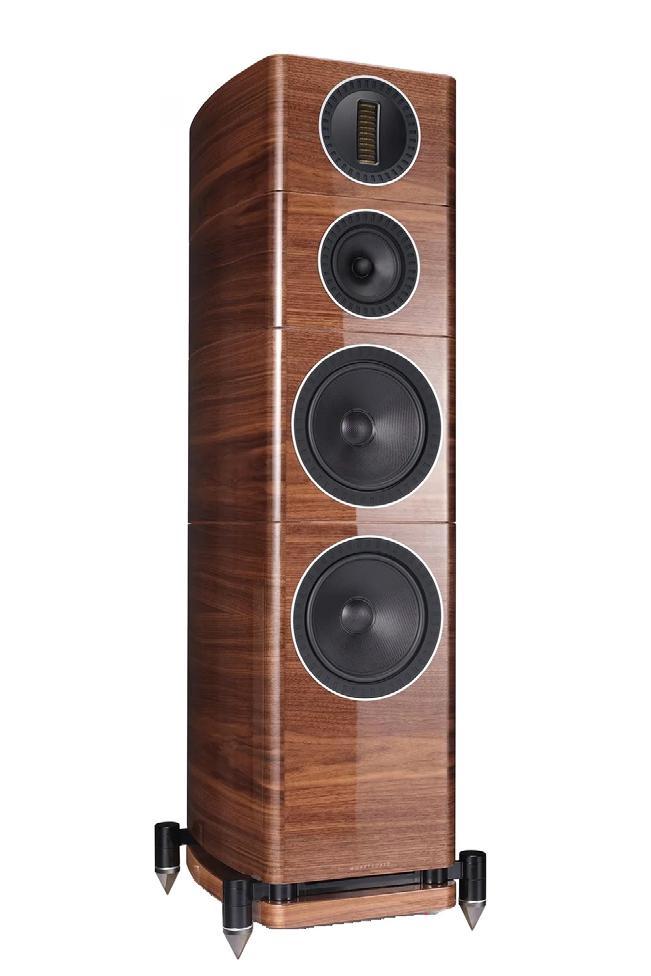







EXCLUSIVE INTERVIEW WITH THE AMAZING DESIGNER OF THE STABLE 33.2 MKII













Dear audio friends,
 by Sarah and Michel
by Sarah and Michel
It’s with great joy that we celebrate the 35th edition of Montreal Audiofest this year, and we’d like to thank you warmly for your continued support.
Let’s take a step back in time to pay tribute to our roots. In the ‘80s, the Festival du Son was founded by Michel Prin, a true visionary who also brought us the legendary Son Hi-Fi Magazine in the ‘70s. Later, his sister Marie-Christine took the reins, renaming the companies Festival du Son and then Festival du Son et de l’Image (FSI), while the magazine became Magazine Son & Image. In the late 90s, Michel Leroux acquired the magazine, while in 2007, Michel Plante took over the Festival, transforming it into Salon Son et Image (SSI). With the resurgence of two-channel audio, the name was simplified to Salon Audio de Montréal and eventually became Montréal Audiofest.
Under the direction of Sarah Tremblay, the Montreal Audiofest has undergone remarkable expansion, with the introduction of the Toronto Audiofest in 2018. At the same time, Michel Plante launched PMA Magazine in 2020, a web magazine featuring over 500 articles, also available in PDF version. It is therefore with great pride that you hold in your hands the first print version of PMA Magazine, in which you will find, at the end, the complete program of the Montreal Audiofest. Although this paper edition is exclusively in French, the English version is available on the PMA website, simply by scanning the QR codes.
Whether you’re a concert-goer, a fan of the Audiofilles or the Audiolescents, an aficionado of the Wine Tour or the Prohibition Evening, or passionate about our conferences, rest assured that everything has been thought out to offer you a unique musical experience in carefully designed environments.
Let the party begin!
See you at Toronto Audiofest, October 18-20, 2024.
INFOS ET BILLETS :
PLUS DE 80 SPECTACLES EN SALLE ET EXTÉRIEURS
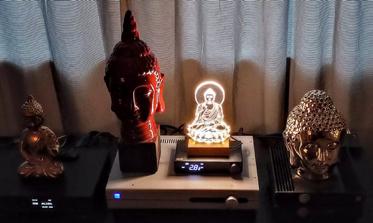
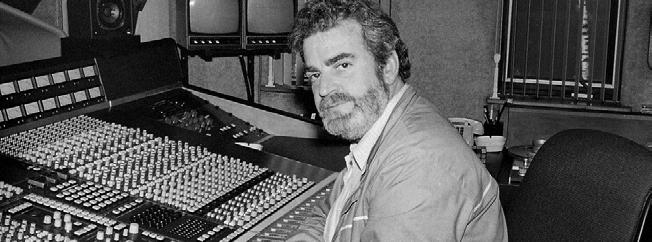
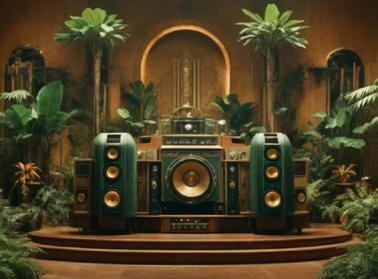
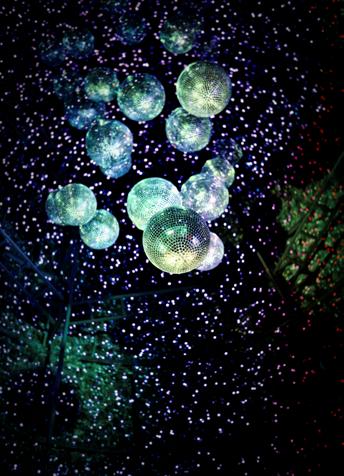



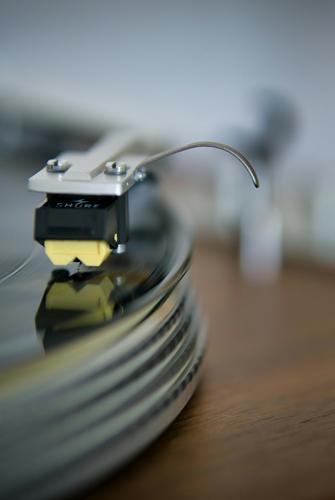




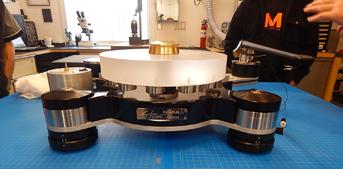




TEAM
Editor in chief Robert Schryer
Writers
Tom Gibbs, Gilles
Olivier Meunier-Plante,
Graphic Artist Bruno Ricca
Webmaster Olivier Meunier-Plante
Administrator Sarah
Credit photos Bruno Ricca, Writers, Internet,

FOUNDER OF QUEBEC’S FABLED LE STUDIO MUSIC STUDIO AND RECIPIENT OF THE ORDER OF CANADA AND AN HONORARY DOCTORATE FROM LAVAL UNIVERSITY, ANDRÉ PERRY HAS WORKED WITH A WHO’S WHO OF MUSICAL ICONS : JOHN LENNON, RUSH, CAT STEVENS, THE POLICE, THE BEE GEES, KEITH RICHARDS, ROBERTA FLACK, DAVID BOWIE, AND THE LIST GOES ON. MORE RECENTLY, HE IS CO-FOUNDER, WITH SOUND ENGINEER EXTRAORDINAIRE RENÉ LAFLAMME, OF FIDELIO TECHNOLOGIES INC., WHOSE 2XHD RECORDINGS ARE KNOWN ACROSS THE WORLD FOR THEIR COMBINATION OF MUSICAL EXCELLENCE AND SOUND QUALITY.
by Robert Schryer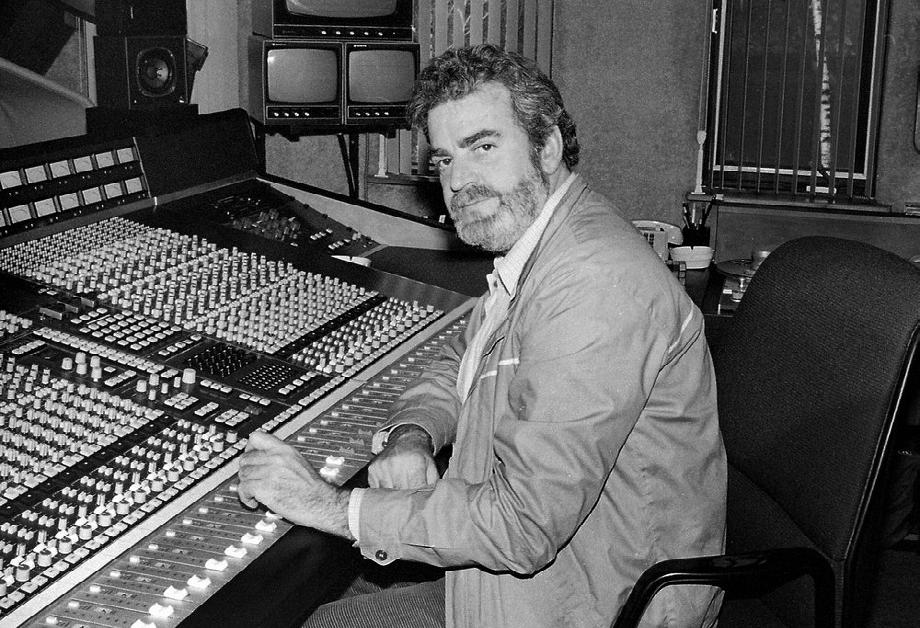
It all started humbly. Hailing from a modest background, André left home at age 14, equipped only with a conviction. As he told me in our phone interview*, “I knew exactly what I wanted to do and there was no way anyone could stop me.” Exactly what he wanted to do was music. With that as his North Star, André started working as a busboy in a nightclub to be around bands and, more specifically, observe the drummers. At 17, he formed his own band in which he drummed and sang.
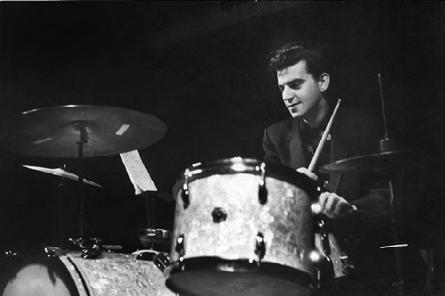
Fast forward through his turns as an in-demand studio session player, a jazz band leader, and founder of two Montreal-area studio facilities that served local talent, and we arrive in 1974. It’s the year André built Le Studio, a mythical music studio that was ground zero for so much of the great music released in the 70s and early 80s. Today, Le Studio stands gutted and abandoned, a relic of the past—a sad irony when we consider how cutting-edge it used to be.
For one, it was the only studio in North America to use the Solid State Logic Mastersystem console, considered, still today, one of the world’s finest consoles. Only one other existed at the time, at London’s Abbey Road Studios. Le Studio also introduced the digital recorder, first used on The Police’s Synchronicity album.
Perhaps most innovatively, Le Studio wasn’t located in any urban area. Far from it—literally. It was tucked in the Laurentian mountains of Morin Heights, deep in the

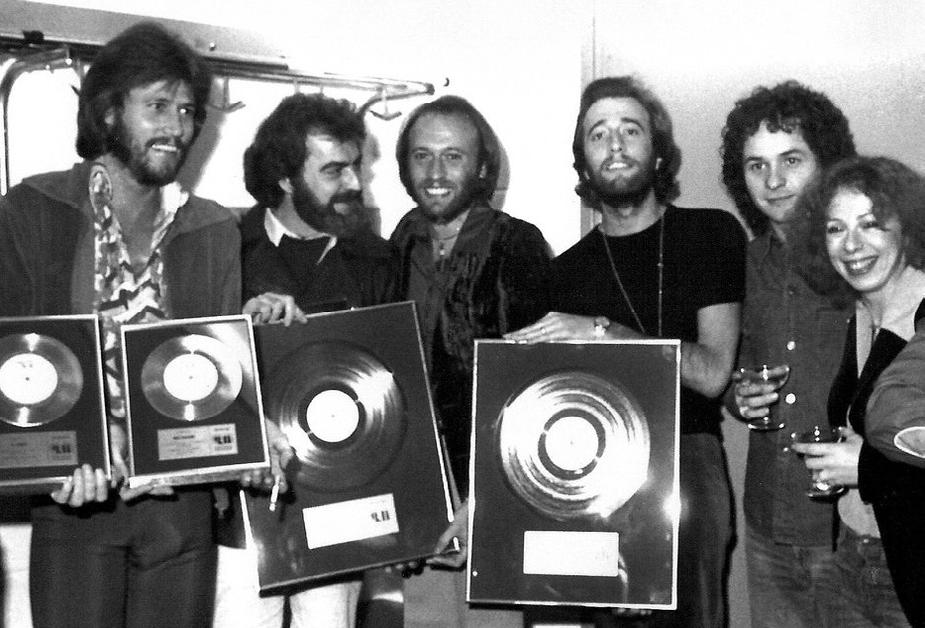
woods, about 65km from Montreal—far from the noisy bluster of city life and the mechanics of business. It was in this cutting edge compound entrenched in nature that some of the world’s most famous artists and producers would embed themselves, sometimes for months at a time, to create the next big record, and many of them did just that. The 100 or so albums recorded at Le Studio have generated combined sales of over 330 million copies, and those are just the legal ones.
However, being isolated in the woods isn’t everything. “It’s not because it looks beautiful outside that it’s going to bring the hits,” André tells me. “Music comes from inside the artists. From the soul. But our place had a vibe. We had a few groups that came and walked inside the hallway and saw these Platinum records on the walls and thought the magic was going to rub off on them. People had a tendency to think that because Le Studio was chic, comfortable, and had a great chef, that was the trick to success. It wasn’t that. The artists worked very hard. They would come to the studio around noon and work until 2am. There was big money involved. We had acts that paid for 6 months. We had to turn down all kinds of people, including Elton John, because we had three groups booked for a year and a half.
“People felt good at our studio, but that didn’t necessarily mean they were going to come out with a great record, just that the conditions were good. Le Studio was first to make use of plenty of glass which was considered taboo in acoustics at the time. We had large windows between the control room and studio, which created a new intimacy between the engineer, producer, and the musicians. We had wall-to-wall, floor-to-ceiling windows looking out on to nature and a lake. There were curtains but they were only drawn once. This area in the studio became the ‘live’ part of the room and was sometimes used for drums—such as in the case of Rush—and for the string section for David Bowie.

“We were also one of the first studios to draw artists from around the world, the reason being that we were not associated with a particular sound or culture. Studios from Muscle Shoals, Nashville, L.A., N.Y., Chicago, London, etc. were mainly sought out for their particular sound. Also, our staff came from everywhere. It was like the United Nations, with engineers from the U.K., Canada, L.A., N.Y., which allowed us to blend into various cultures.
“We didn’t have a sound, we had all the sounds. If you listen to the 100 albums that were recorded there, you’ll find that they all sound different. The Bee Gees have a Miami sound, Rush has another sound, so does Wil-

son Pickett, and Chicago. That’s because I always looked at the studio equipment not as equipment, but as an instrument. We would tune the studio to suit the artist. The Bee Gees did the overdubs at Le Studio, then wanted to go to Miami to do the mix so they could get the Miami sound. So, during the night, we retuned the whole studio—all the equipment, the echo chambers—to give the Bee Gees the Miami sound. We mixed one track at 7 in the morning. When the group showed up later, we played it for them and they said, ‘F–k that ! We’re finishing the album here.
“We made the studio an international head space recording facility. We were avant-garde. And it’s hard today to find that same recipe.”
I ask André what his relationship was like with the artists. “Like I said, most of the studios were owned by major labels, which made the relationship between the artists and the studio more commercial,” André says. “But I was one of the guys. I was a musician. I was an engineer. I was a producer. When they came to André’s place, the rapport that they had

with me wasn’t like with the guy who owns a studio and sells studio time by the hour. Cat Stevens came and did his first record with us, got to know my wife and me, and he wrote a song for us, “Two Fine People”. Rush did eight albums with us. So when they came, it was family. It was André’s place. It wasn’t a commercial place. And the artists owned it while they were there. So, of course you can’t compare it to a standard type studio in a big city.”
Did he find the artists, or did they find him ?
“There was no need to find them. Let me throw a number out. It’s not precise but it’ll give you an idea of the scope. At the time, the international recording community was about 2000 people who knew each other. That included management, record companies, and artists. Whether you liked it or not, this was a private club. So, in our case, it started with Cat Stevens who had just broken up with his girlfriend and was looking to isolate himself for his next project. But he didn’t like working in city studios. He heard that we had a studio in the middle of the woods, so he gave me a call and said he wanted to try our studio for four days. He stayed four months and recorded three albums.
“After Cat Stevens, the word went out and, luckily, the artists that followed brought us the quality content and the hits. Before we knew it we had the Bee Gees, Brian Adams, Rush, Chicago, The Police, Asia, etc. But you have to deliver.
“We were always taking chances, being motivated to be the first at anything. Unlike now, at that time you could strive for having the edge on the competition. I was hanging out with the guys at Solid State Logic, helping to develop new features in their consoles. When you listen to recordings that were done in
that period, a lot of the colors and effects were created by using the console in combination with the instrument. Musicians would often do their overdubs while sitting in the control room with the producer and engineer.”
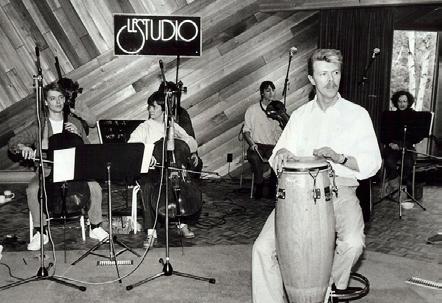
Did he use compression—that common studio technique of shaving off the extended frequencies to make the music sound louder ?
“Of course we used compression because it was a pop market. The music had to pop out of your radio. But the amount of it depended on the record. Listen to Rush’s Moving Pictures and you won’t hear it because we used very little.”
I ask what he thought of CD sound at first. “I haaated it. I haaated it. Because the first thing I missed was the second harmonic. And since I always had a sound system that was a bit warm, I missed that 2nd order harmonic.”
Were any of the artists problematic ? “Only one,” says André. “But I solved that in a sweet way. I don’t want to mention his name because it won’t serve a purpose. But he made a big scene because he thought our staff had stolen his wallet. And a couple of days later, the dry cleaner called and told him they’d found his wallet in the pants he’d sent to them.
“So I went to an art gallery in Montreal and bought a beautiful art piece. I brought it to him and said, ‘You know, we’re just not like that. You’re not in New York, not in L.A., and it’s not the way we are.’ And he stayed and finished the album. But that was about it. There wasn’t any trashing or breaking stuff.”
“So no fist fights ?” I ask.
“No, no.”
“I heard the neighbour found a drum cymbal in the lake next to you. Any idea how it ended up there ?”
“(laughs) That must have been Rush,”
André says. “I had an idea one day to take a picture of the drums on a floating dock. If the neighbour found a cymbal in the water, it probably fell in and nobody wanted to go get it (laughs).”
Did he ever offer creative suggestions to the bands ? “It depends. Because at the level that those guys were at and the careers that they were having, it would have been very delicate to do that. Maybe I’d do it through the engineers, who reported to me on the sessions. Maybe if it came to the sound, or the recording process, I would put my 2¢ worth. But I would not intervene during the group’s session. I don’t see how that would have been justifiable.”
“So no creative disagreements with any of the artists ?” I ask.
“No, because the kind of producer I am is to work around the artists and make the magic happen. Yes, there were tense moments, but they were between themselves. Any time you’re dealing with creativity, you’re bound to get into disagreements. And then there were groups that were so smooth. Rush. Nazareth. They were darlings. Chicago, too, who were really two groups, because they had a horn section and a rhythm section and they would record separately. They both had their own sense of humour and would crack jokes. They were a lot of fun.”
Considering the company he kept, did André ever get star struck ? “No, no, no. I’m a jazz guy, man. Jazz guys don’t get nervous. No, we were professionals. We showed up and did the work.“
Read Part 2 here.
*I’d like to thank André’s wife, Yaël Brandeis Perry, for her invaluable help in making this interview happen.
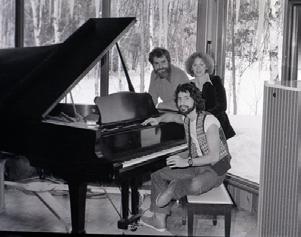
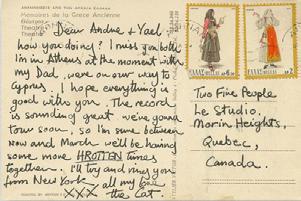
295$
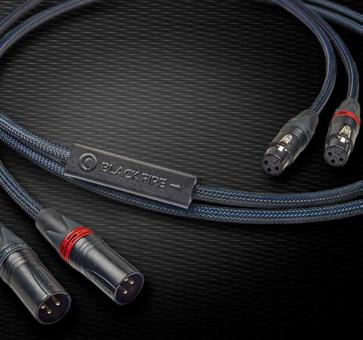
interconnect XLR
Prix régulier 995$


interconnect RCA
Prix régulier 995$
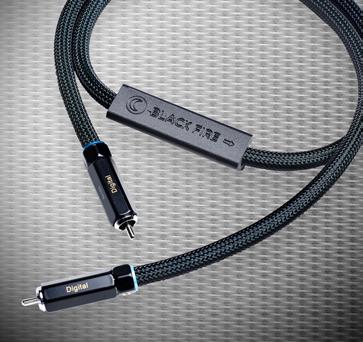
Prix régulier 595$
ALON COMPOSANTS
995$

haut-parleurs
Prix régulier 2695$

alimentation
Prix régulier 995$
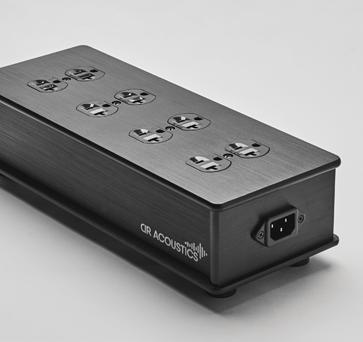
digital RCA distribution
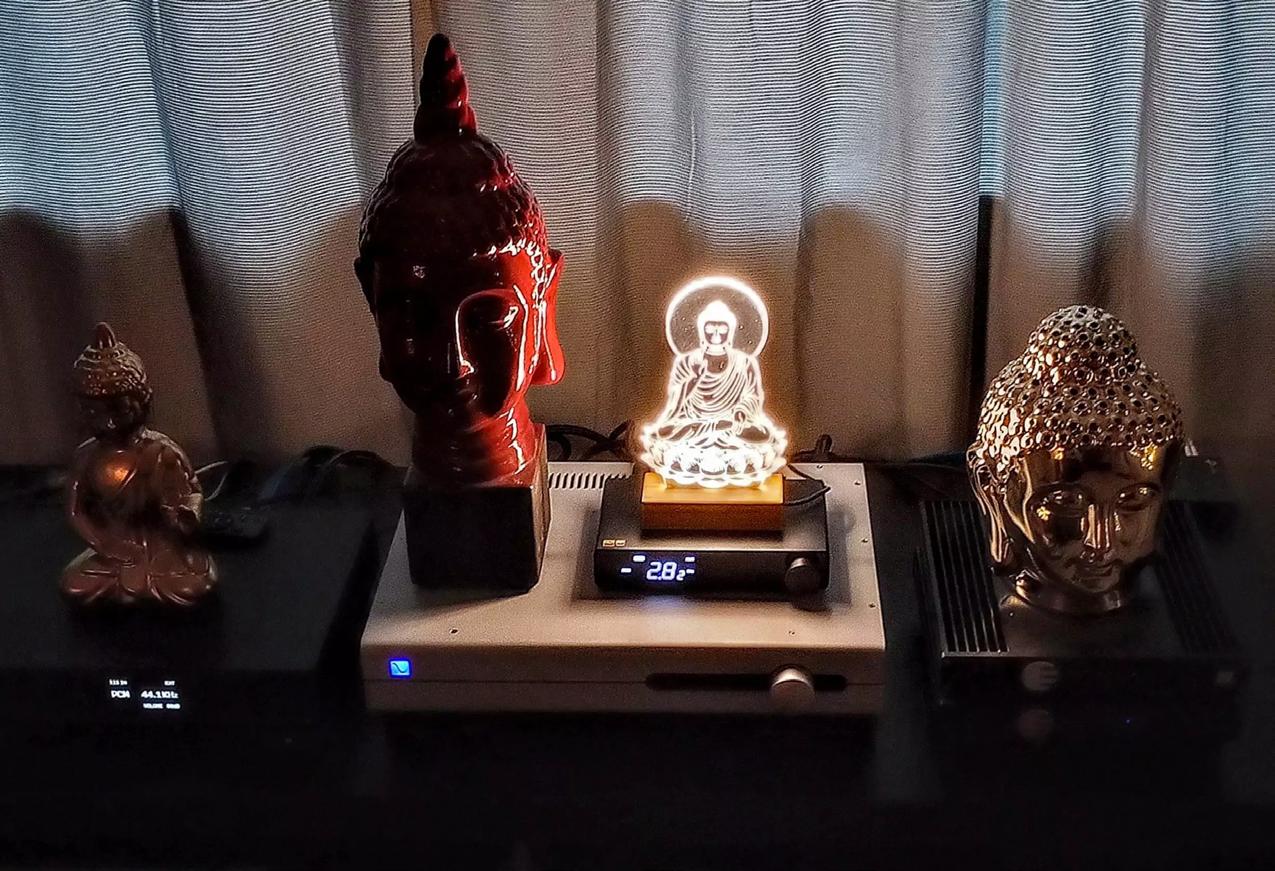 by Tom Gibbs
by Tom Gibbs
HAPPY NEW YEAR ! LAST TIME, I TOUCHED ON THE DIFFERING VIEWPOINTS REGARDING PLAYBACK OF DIGITAL AUDIO, BASED ON MY IMPRESSIONS OF DISCUSSIONS BETWEEN A NUMBER OF PERSONALITIES IN HIGH-END AUDIO. I WANT TO CONTINUE WITH A BRIEF SURVEY OF MY OWN DIGITAL SETUP, AND HOW MY EXPERIMENTATION WITH VARIOUS STREAMER/SERVER SETUPS, DIGITAL CABLES, AND DACS HAS INFORMED MY APPROACH TO DIGITAL AUDIO. MY CURRENT DIGITAL SETUP IS EONS BEYOND THE SINGLE-BOX, LIMITED-CAPABILITY STREAMERS FROM HIGH RESOLUTION TECHNOLOGIES (HRT) THAT PROVIDED MY EARLIEST FORAYS INTO DIGITAL PLAYBACK. AT THE TIME, THEY WERE GREAT BUT ALSO VERY LIMITED IN SCOPE, AND ONLY CAPABLE OF STREAMING 16-BIT PCM FILES—THINKING BACK, THEY WERE REALLY MUCH MORE LIKE DIGITAL TOYS.
The current complement of digital gear in my audio system includes a dual-box configuration streamer/server/music player from Croatian manufacturer Euphony Audio. It includes a separate server/file organizer, the Euphony Summus, as well as a music player/ streamer, the Euphony Endpoint. Both are glorified Intel NUC units inside Akasa cases, running a proprietary, highly customized and streamlined Linux operating system that’s been optimized for music playback. The system features a beautiful graphical user interface (GUI) and is extremely user-friendly, and the latest version of the OS has features that allow an even higher degree of configuration and customization of your music playback. I love the look and sound quality so very much, to the point I walked away from my Roon subscription two years ago.
ability, performance, and musicality that easily positions it in the same company as much more expensive DAC designs. Its build quality and top-rank parts selection (including a pair of top-of-the-line ESS ES9038Pro DAC chips) provides a superb foundation for musical performance ; it excels with both PCM and DSD sources. It works in tandem with a Gustard C18 Constant Temperature OCXO 10MHz master clock. “OCXO” stands for Oven Controlled Crystal Oscillator ; the “oven” heats the clock, providing more consistently stable signal oscillation than typically found in most internal DAC clocks. The C18 in the playback chain results in greater retrieval of fine detail, improved pacing and flow of the music, a more defined and palpable soundstage, and a greater sensation of realism in recorded performances. The C18 is connected to the X26 Pro with a
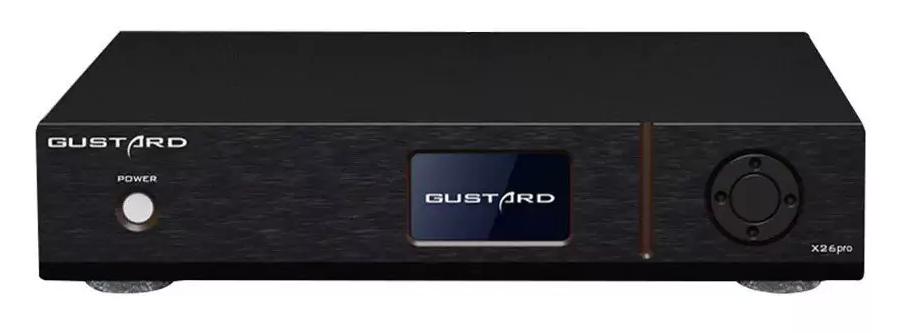
The system includes a DAC from manufacturer Gustard, its X26 Pro delta-sigma unit that provides a level of features, connect-
BNC digital cable, which offers another style of proprietary digital connection between source equipment.
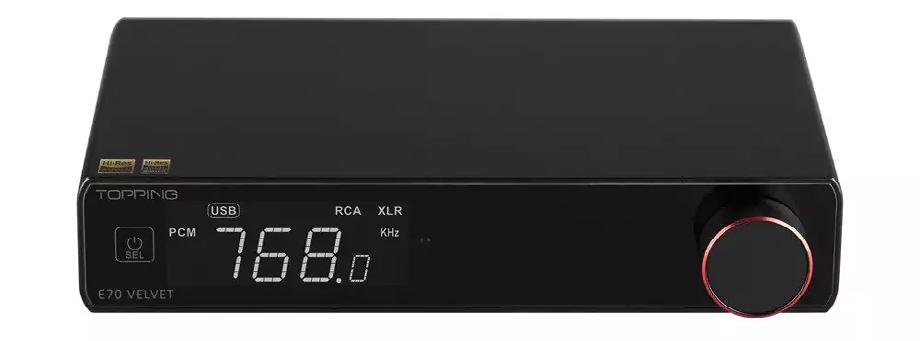
I’ve also acquired a Topping E70 Velvet DAC ; Topping is another manufacturer that produces products that punch well above their weight. My contact at Euphony Audio, Dalibor Kasac, reached out about the E70 Velvet, insisting that I should have a listen ; he guaranteed I’d like what I heard. The E70 Velvet is also a delta-sigma DAC that features one of the first implementations of the new series of AKM chips that have just reappeared on the market following the disastrous fire that nearly wiped them out a few years ago. AKM’s “Velvetsound” configuration implements a sequence of two chips to accomplish the delta-sigma modulation and digital-to-analog conversion. What makes the big difference in AKM’s implementation is that by separating the processes to individual chips, there’s a clear path for native DSD signals to proceed through the delta-sigma modulation to the digital-to-analog conversion stages without combining native DSD signals with PCM signals. That essentially means that with DSD playback, you’re listening to a 1-bit DSD-direct DAC. The resultant sound quality of DSD files at any level of playback through the E70 Velvet is unbelievably good !
Most current DACs and streamers can play any file type and bit-and-sample rate, whether PCM or DSD, and offer digital connection choices well beyond the typical coaxial or USB input. My Euphony dual-box system and Gustard DAC both feature the choice of using an i2s digital connection, which provides a greatly enhanced range of file compat-
ibilities, and offers more transparent digital sound quality than that of the more utilitarian, potentially-noisier USB connection. The cable used in the connection between your streamer and DAC makes a definite difference ; the objectivists would have you believe that the typical throwaway USB cable supplied by most manufacturers with their DACs are perfectly capable of rendering superb digital sound quality. After all, bits are bits, right ? Upon receiving the Topping E70 Velvet DAC—which implements a USB input from my Euphony stack—I investigated upgrading my USB digital cable and settled on a $70 Oyaide Neo D+ USB cable that has gotten raves from The Absolute Sound and users from every corner of the Web. After a hundred hours of burn-in, I’m convinced it’s the best sounding USB cable out there—especially for the relative pittance it costs.

Of course, there’s the choice of using the i2s digital connection, if your equipment allows for it. Most current i2S cable implementa tions use an HDMI-type cable and connector, though i2s and HDMI do not actually share any common technologies. I’m convinced the
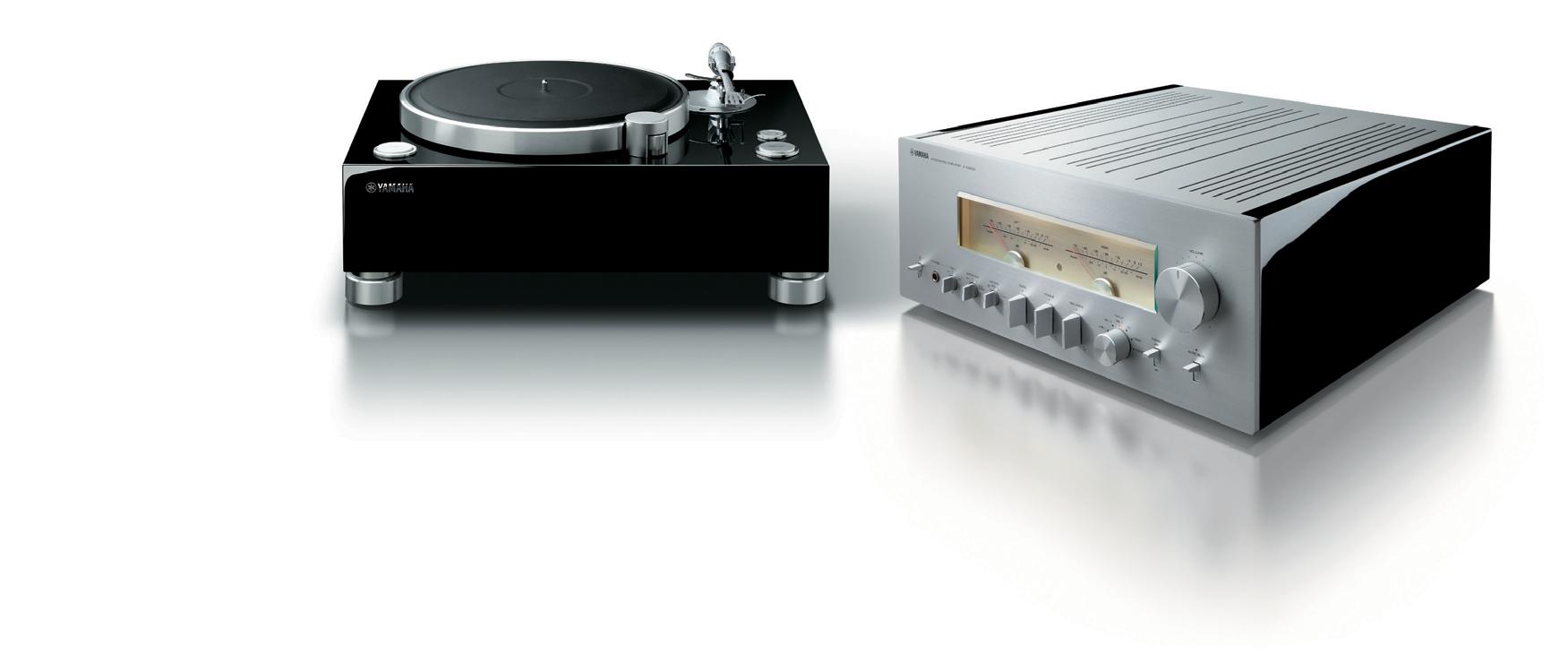 SOMMER EXCELSIOR BLUEWATER EBH4
SOMMER EXCELSIOR BLUEWATER EBH4
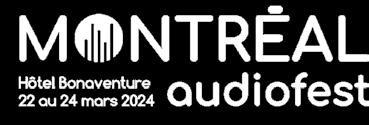


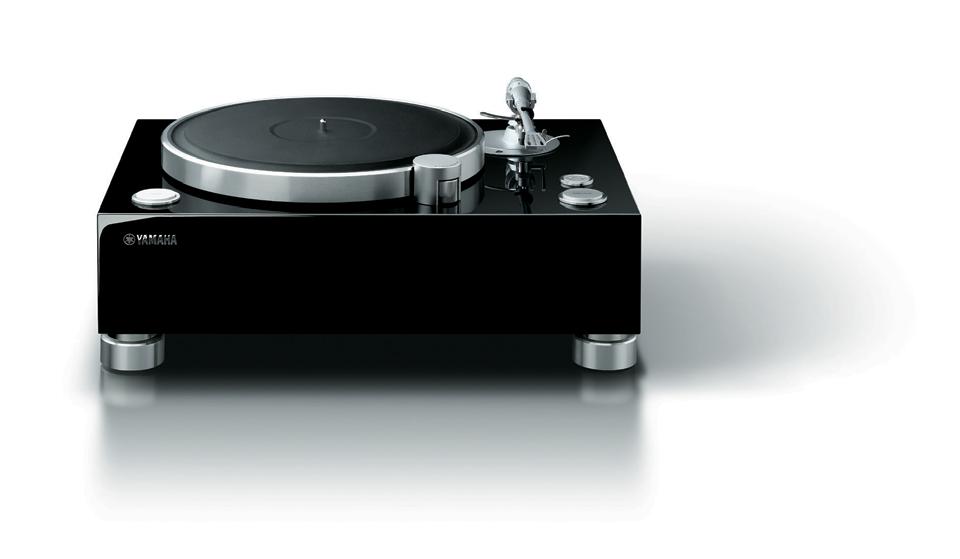

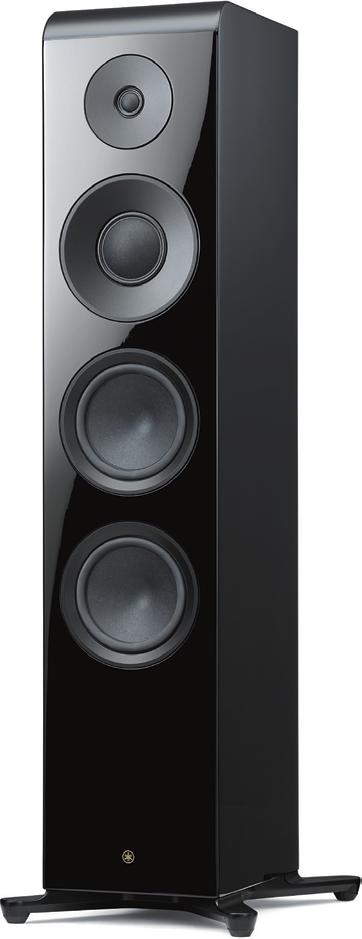


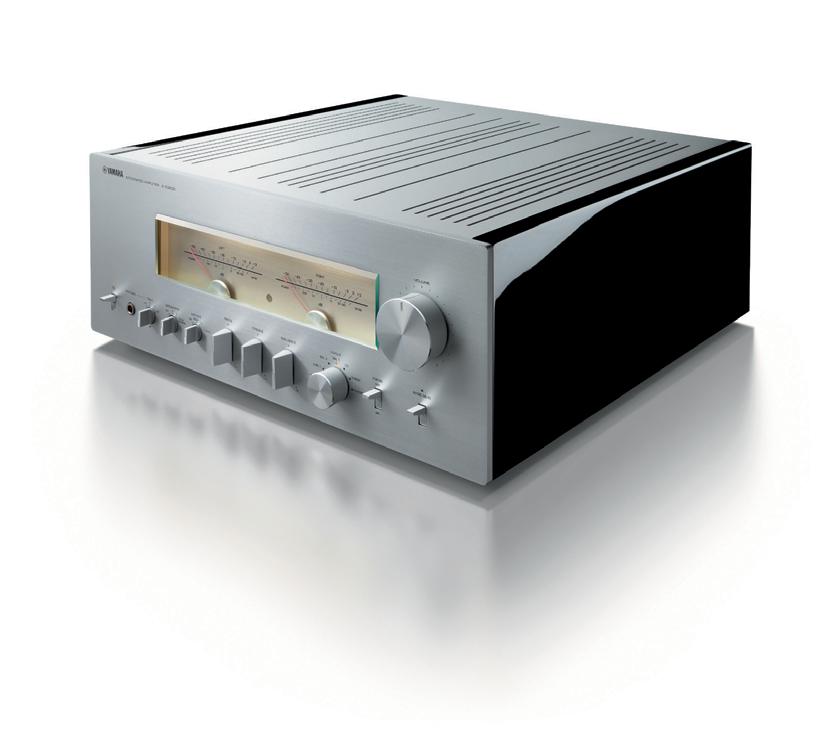
i2s connection is a superior one, but it also requires the need for a first-rate cable ; after a great deal of research on the matter, I found the cable I’d been looking for from German manufacturer Sommer. The Sommer Excelsior BlueWater EBH4 ( $200) gets high marks from a number of high-end DAC manufacturers ; it appears to be the high-end cable of choice, and I went to great strides to get one. I’ve had it in the system for over a month now, and with several weeks of burn-in, it’s elevated my digital system performance significantly.
The other digital cable in my system is the Audio Art Cable Statement BNC ( $476) that connects the Gustard DAC and clock units. I was keen to add an external oven-controlled, constant-temperature clock to my system, but the Gustard C18 didn’t at first seem to make the kind of difference in sound quality I was expecting, especially with its throwaway stock BNC cable. Upgrading to the Statement BNC cable snapped everything into focus, and allowed the DAC and clock combination to better communicate with each other, greatly enhancing the musicality of my digital rig.
Another segment of the whole bits are bits ethos involves the files you stream from a streaming service, which likely began life as analogue files that were converted to digital, then ripped as FLAC, which is just a different, more stream-friendly flavour of PCM digital. Most ripping programs—I use dBPoweramp— default to compressing PCM files to FLAC by about 50 %. I’ve downloaded digital files from Qobuz and HD Tracks that were compressed by as much as 80 % ! The bits are bits crowd tells us that FLACs, when processed by DACs, don’t suffer from the expansion they’re subjected to when going from their compressed state to the uncompressed one that plays on your stereo. The guys at Euphony Audio (and trust me, they’re total geeks !) tell me that when you play compressed FLACs, a transfer function takes place during the expansion of the file that negatively impacts the sound quality, and that transfer function doesn’t happen with uncompressed FLAC files. Streaming services compress their files because it makes the file size significantly small-
er, and it’s easier to store and transmit those files across a network. But in an age where storage is so cheap, why not have all your stored digital music files uncompressed on your server ? I have ripped the PCM portion of my entire digital music server to uncompressed FLACs, and have also used dBPoweramp to convert any digital PCM downloads on my server to uncompressed files. There’s no need to do this with DSD files—they’re always uncompressed.

The objectivists will tell you that you can’t possibly hear a difference between compressed files and uncompressed files streamed across a network. But there’s a long list of audiophiles who have assured me that they can hear a difference between the compressed files played over a streaming service, compared to the same files uncompressed and downloaded to their servers. I hear this time and again, so it’s not just me saying it out there in the wilderness ! My Euphony server also buffers all digital music files to RAM (computer memory) prior to playback, where the path from the SSD storage to the processor is completely removed. The file then plays directly from RAM to the Intel processor, which results in a solid uptick in sound quality. YMMV, but five years of the Euphony experience has convinced me that buffering to RAM is essential to perfect digital playback from both PCM and DSD sources.
I have more ground to cover on all this, and will talk more in depth about differences in digital cables next time around, including differences between USB, i2S, and BNC digital cables. Till then, happy listening !

Music streaming, downloads, and beyond.
Wherever there is music, that’s where you’ll find me JOIN
The most authentic sound quality.
First-class original editorial.
A committed community of music lovers.
qob.uz/MontrealAudioFestival-2024
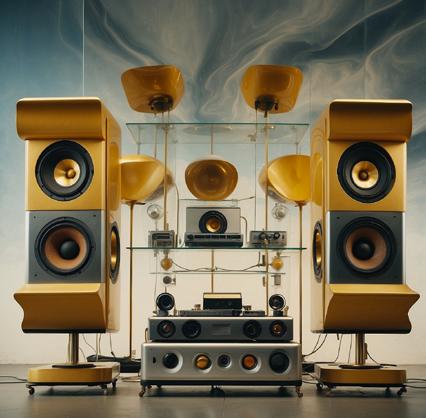
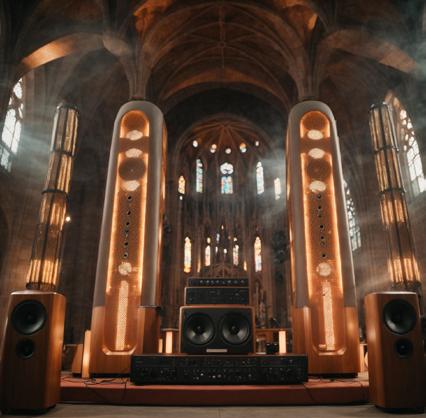
Explore our collection of concept art, showcasing innovative and avant-garde hi-fi designs that reimagine the aesthetics of sound systems. Journey through a gallery of artistic visions, where each concept pushes the boundaries of what audio can be and inspires the imagination.
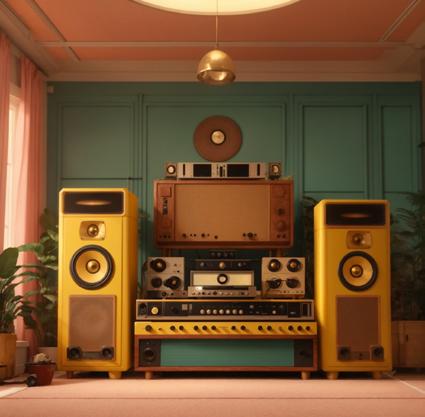
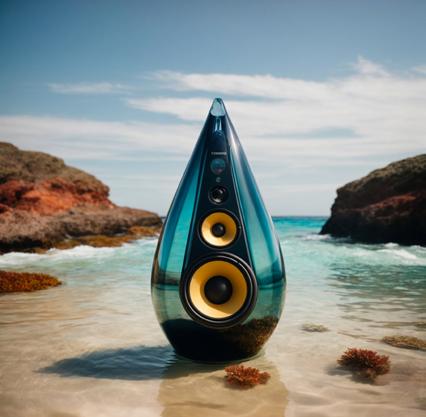

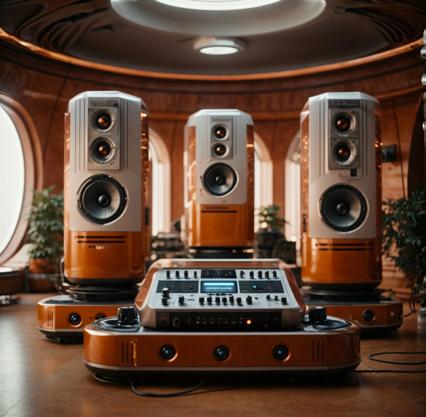

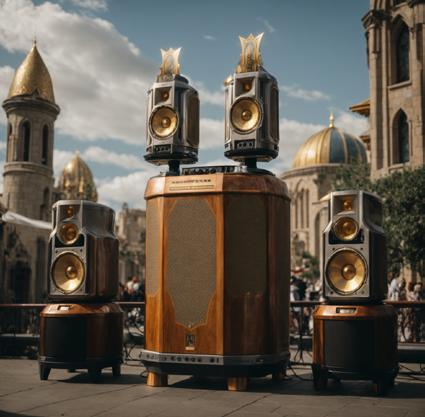

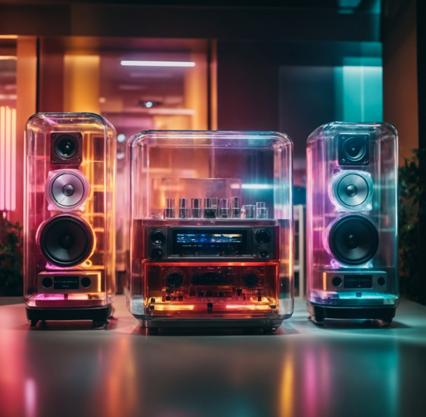


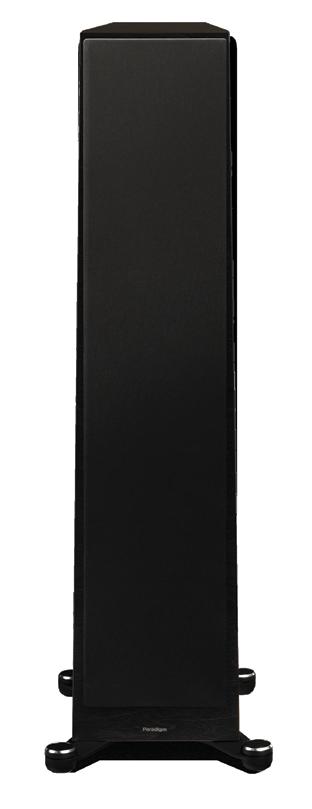

garde concept, hailed as the “Weightless Sound Experience,” has taken the high-fidelity community by storm, promising an auditory journey that’s quite literally out of this world.
 by Olivier Meunier-Plante
by Olivier Meunier-Plante
In a world where the quest for the perfect sound experience has reached dizzying heights, a revolutionary breakthrough has emerged, captivating the hearts and wallets of audiophiles everywhere : the Zero-Gravity Listening Chambers. This avant-
The inception of the Zero-Gravity Listening Chambers can be traced back to an eccentric billionaire audiophile, Sir Treble Cleffington IV, who, after having experienced everything from moon rock turntable needles to audiophile-grade diamond-studded ear wax removers (because what’s clean sound without clean ears ?), found himself yearning for something
more. One night, as he floated in his sensory deprivation tank, a brainwave struck him : “What if the only thing holding back the purity of sound was, in fact, gravity itself ?”
And thus, the concept of the Zero-Gravity Listening Chamber was born. Imagine a room where the shackles of gravity no longer bind sound waves, allowing them to propagate in their most pristine and unadulterated form. The chamber, a hermetically sealed pod, is designed to simulate the vacuum of space, providing an environment where sound can travel unimpeded by air resistance, and listeners can

float freely, enveloped in the purest sounds known to human ears.
The marketing materials boast of features such as “Quantum Acoustic Surfaces” and “Nebular Resonance Patterns,” terms so technologically advanced and scientifically
nebulous that they immediately seduced the audiophile community. The brochures speak of an immersive sound experience that’s not just 3D but 4D, where listeners can not only hear but also feel the music as it transcends the physical dimensions.
To ensure the utmost fidelity, the chambers are equipped with speakers made from meteoric iron, known for its acoustic properties in zero-gravity environments, and cables insulated with strands of interstellar dust. The pièce de résistance ? The “Sonic Levitation Grid.” This cutting-edge technology employs a matrix of ultrasonic transducers to create a three-dimensional sound field that can physically lift and manipulate the listener within the chamber. This grid allows audiophiles to literally float through their music, moving closer to or further from sound sources, thus offering an unprecedented level of interactivity and immersion. As listeners glide through their favorite melodies, they describe the sensation as “swimming through an ocean of sound,” where every note and chord surrounds and buoys them in a symphonic embrace. This dynamic interplay between the listener and the music represents a bold new chapter in the audiophile saga, blurring the lines between sound and sensation, reality and reverie.
The Zero-Gravity Listening Chambers have become the ultimate status symbol among audiophiles, who now scoff at the pedestrian notion of “ground-based” listening. “How can one truly appreciate the subtleties of a vinyl record when weighed down by the Earth’s gravitational pull ?” one enthusiast was overheard pontificating at an exclusive HiFi convention.
Critics, however, have been quick to point out the absurdity of spending the GDP of a small country on such a chamber, arguing that the differences in sound quality might be more psychological than real. But these naysayers are often dismissed as philistines who simply can’t appreciate the subtleties of a weightless G-sharp.
As the Zero-Gravity Listening Chambers became the zenith of audio luxury, a fascinating evolution in music composition followed suit. Musicians and composers, intrigued by the promise of weightless sound, began crafting pieces specifically designed for the unique
acoustics of these chambers. These compositions, dubbed “Astrosonics,” were characterized by their complex spatial arrangements and use of frequencies that exploited the chamber’s lack of gravitational influence on sound waves. The music was not just heard but experienced in a multi-dimensional space, with sounds seemingly originating from all directions, including above and below, creating a celestial symphony that enveloped the listener. This new genre pushed the boundaries of traditional music, offering an immersive auditory voyage that mirrored the sensation of floating through the cosmos, and cemented the Zero-Gravity Listening Chambers as not just an audiophile’s dream, but a new canvas for musical expression.
In the wake of the Zero-Gravity Listening Chamber, a new cultural phenomenon emerged : the “Orbital Audiophile Societies.” These exclusive groups, composed of the most devout sound purists, began organizing weightless listening sessions that orbit the Earth, claiming that the ever-changing gravitational forces enhance the listening experience in ways previously unimaginable. Members of these societies often engage in heated debates over the best orbital trajectories for maximizing the acoustic properties of Beethoven’s symphonies or the latest experimental electronic music.
In the end, whether the Zero-Gravity Listening Chambers are a monumental leap in audio technology or the ultimate expression of audiophile extravagance remains to be seen. But one thing is certain : in the quest for the perfect sound, the sky is no longer the limit— it’s just the beginning.
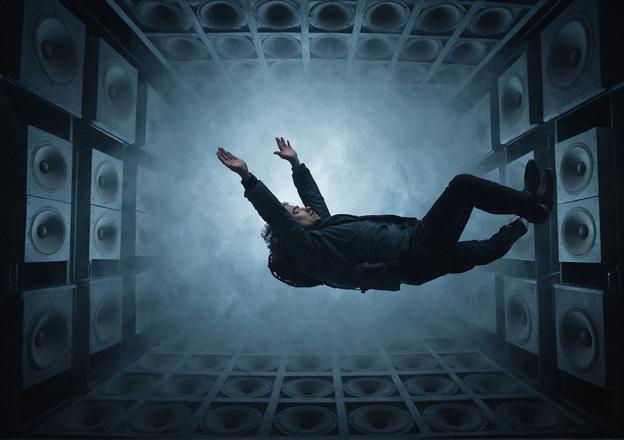
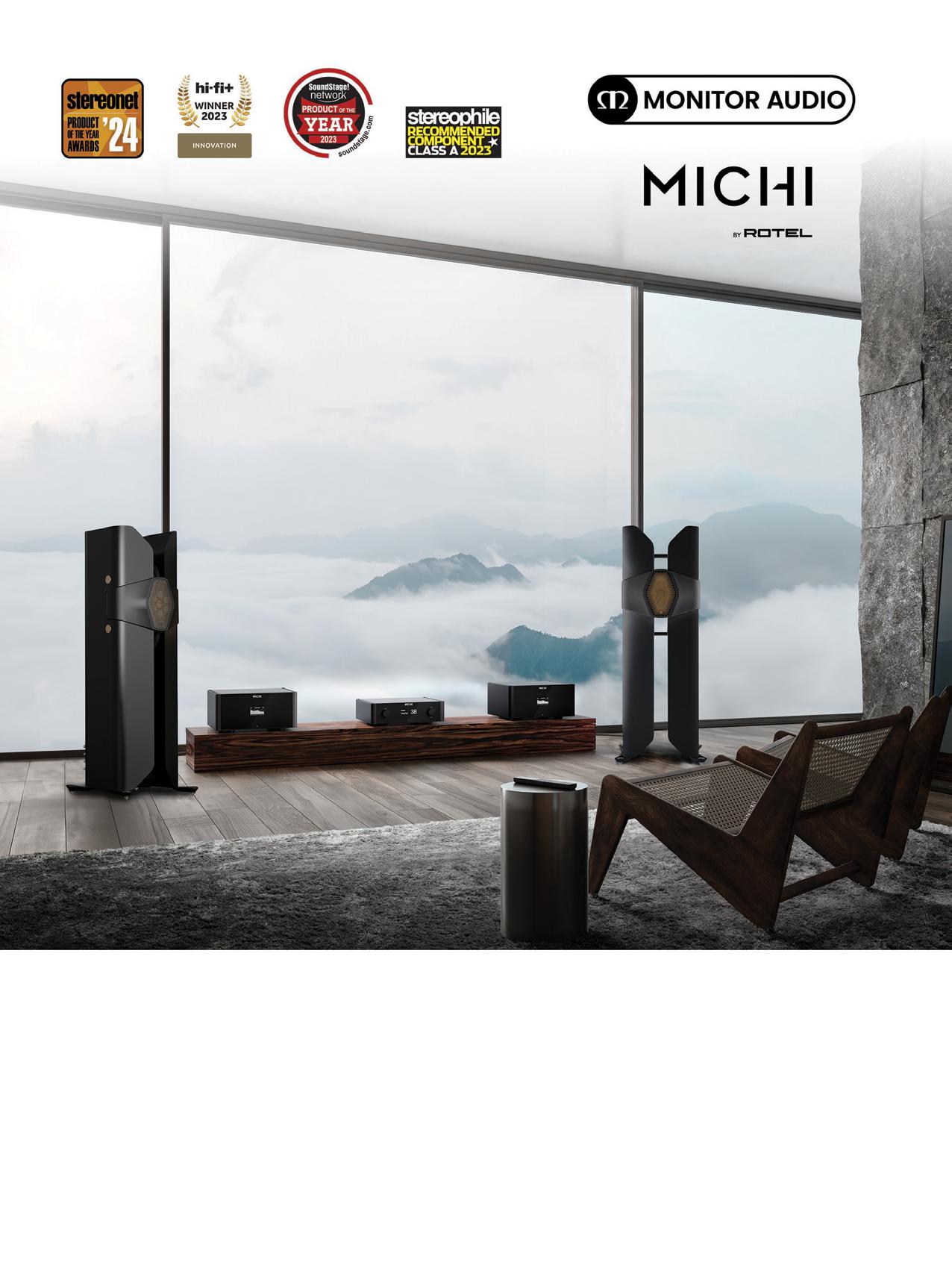

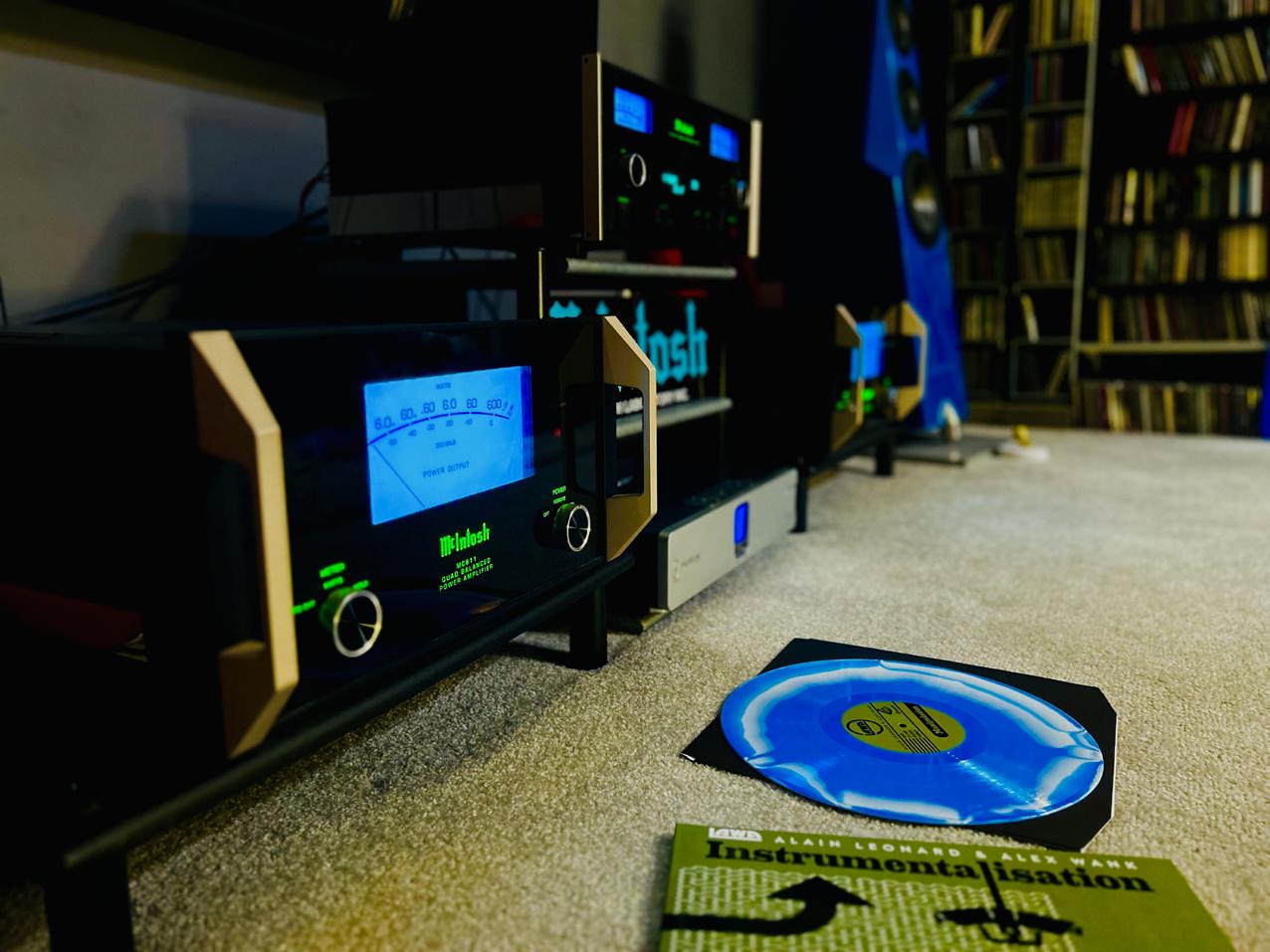
NO, I HAVE THE BEST SYSTEM IN THE WORLD!
GETTING TO ALAIN’S LISTENING ROOM REQUIRED WALKING ACROSS HIS LIVING ROOM
UNDER A VAULTED V-SHAPED CEILING AND UP A FLIGHT OF STAIRS ON THE LEFT. UP THERE WAS AN ALCOVE WITH A CEILING THAT SLOPED LIKE AN AWNING OVER HIS MAIN SOUND SYSTEM (ALAIN HAS TWO OTHER SYSTEMS IN DIFFERENT AREAS OF HIS APARTMENT). THE SYSTEM WAS PLACED UP AGAINST A WALL FLANKED BY TWO SIDEWALLS BUT THERE WAS NO FACING WALL. THE ALCOVE WAS AN OPEN-AIR CONCEPT, WITH A VIEW OVER A SHORT WALL INTO THE VAULTED LIVING ROOM WE HAD JUST WALKED THROUGH.
Iknew Alain through a friend, and because he’s very active in the Facebook audio group scene in Quebec. He’s passionate about audio, but more so about music. For Alain, it’s always really been about the music. “I started liking audio in my teens,” he said as we settled into our seats in his alcove listening room. “I was buying 45-rpm records and playing them on our little family stereo in the living room. But I didn’t like its sound. Nobody else seemed to mind, but I would pester my dad by going up to him with the latest Sears or Radio Shack catalogue and, pointing at the stereos in them, say, ‘This! Buy this!” (Alain later told me his dad was once a drummer in a big band and, now in his 80s, still plays the drums! – Rob S.)
Did his catalogue tactic work?
“Eventually one Christmas he put a new system under the tree. It was only a bit better, but I was happy, for a while. I think my appreciation for sound quality and my love of music went hand in hand.”
What was his first “real” audio product?
“I bought two of them, together—this was in the ’80s—a Harman Kardon HK 6900 integrated amplifier with a pair of Paradigm Studio Monitors. I tired quickly of their sound. Plus I got bitten by the audio bug. I was reading the audio magazines and always curious about the new gear they were talking about, especially raving about.
“The first time I fell in love with a piece of equipment I owned was when I discovered Victor Sima and his company Sima (now Simaudio). I bought both his W-2003 amplifier and W-2001 preamp. They sounded so good
and they were artisanal—handmade by Mr. Sima at his home. There was a cachet and a seriousness to those products that those built on an assembly line didn’t have.”
What did he like best about the audio hobby?
“The emotional connection I get from listening to good music well reproduced. Music that touches you marks a period in your life—that’s why you often associate a particular piece of music with a period in your life. Music makes you travel. It’s a time machine, but not just to the performance, but back into your own life. It’s magical.”
When I asked if there was a component he regrets having sold, he seems to be thinking back long and hard, squinting deep into the recesses of his mind, shaking his head while uttering denials in the form of ‘like, no…. no…. When I sold something it was because I had enough of it, it wasn’t satisfying me anymore’. This went on for a solid minute when his head snapped back and his eyes were wide and he said, “Actually, there is one! My Classé DR-7 amplifier, designed by the company founder, Dave Reich. After I’d sold it, I remember thinking I should’ve kept it and built another system around it. But you know,” he said with a chuckle. “There’s only so much gear you can keep.”
Had his audiophile habits changed in some way since the early days?
“I seem to have less time to listen to music nowadays,” he said. “So when I do I try to reserve a block of time when I can sit down with the album cover and just listen to a whole album or side uninterrupted. I wasn’t necessarily doing that when I was young.”
How about advice for someone getting into the hobby?
“Don’t be afraid to make mistakes,” he said. “We always make mistakes in this hobby, because it involves a lot of trial and error.
“Also, evaluate your needs,” he continued. “Do you want to stream, listen to vinyl? What kind of music do you like? How loud do you like to listen? How big is your room?”
He added: “And don’t spend too much at first. Learn about yourself and gain experience first. There’s a lot of great gear out there that doesn’t require you to go broke.”
Do audiophile cables make a difference?
“They do, but I’ve tried many models and it wasn’t necessarily those that cost the most that I preferred. A difference in sound isn’t always something you’ll prefer or that works best with your system.”
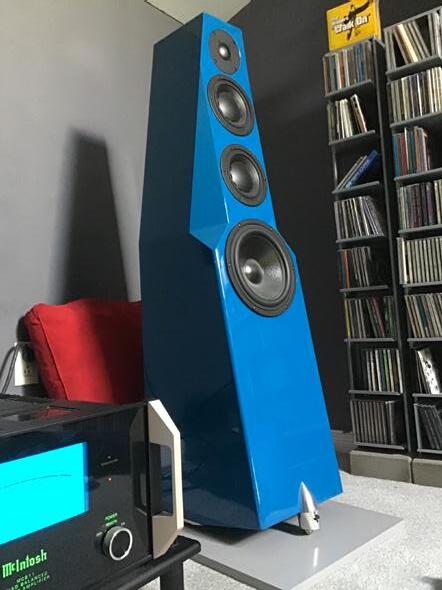
Alain enjoys his system very much but he concedes that a system is a little like a house— there’s always something to fix on it.
What Alain feels no compulsion to fix at this juncture is the core of his system. That includes his Totem Acoustic Wind speakers and McIntosh electronics. Alain’s been a fan of Totem speakers for over 30 years, ever since he owned a pair of the company’s inaugural product, the audio landscape-shifting bookshelf Model 1. That was followed by a long-term re-
lationship with the company’s Arro model that persists today in one of Alain’s other systems, and finally the Wind model. “As soon as I saw them, I knew one day I’d own a pair,” he told me. “I fell in love with their looks and sound.” He bought a pair in the blue sky finish 10 years ago and hasn’t looked back.
The decision to partner the Winds with McIntosh gear was based on a couple of factors: One, it was practical, because the store he bought the Winds from also carried McIntosh, so Alain was able to audition the components together before he bought them. He told me he loved the pairing of Totem and McIntosh, both in terms of functional compatibility and overall musicality (not to mention McIntosh’s signature big, blue-glowing VU meters match well with the speakers’ blue finish). More importantly, the Winds need grunt to get them going, and in that regard, the two 600-watt McIntosh MC611 solid state monoblock amps he bought more than deliver.

Perhaps the biggest reason why Alain bought McIntosh equipment was to fulfill a lifelong dream. McIntosh was a brand Alain always coveted—a name as storied and iconically American as Harley Davidson and Ford Mustang.
Wanting enough power to drive his Winds but unwilling to forfeit the rich tonal character of tube sound, Alain matched his monos with McIntosh’s tube C2700 preamp. The C2700 employs 5 x 12AX7A and 1 x 12AT7 tubes and is also adorned with VU meters. The unit came equipped with the DA2 32-bit DAC module, which supports up to 24-bit/192kHz PCM and up to DSD512. An original Shanling CD-T1000SE tube transport (the model is now available in Mkll version) and a Bluesound Vault 2 CD-ripper complete his digital front-end.

Alain’s heart, however, belongs obviously—obviously because it’s what he talks about most and when he does you can hear his reverence for it in his voice—to vinyl records and vinyl playback. For that, he uses the C2700’s internal MM / MC phono module, connected to Pro-Ject’s estwhile flagship 10.1 Evolution turntable with its outboard AC motor, and fitted with a moving magnet Ortofon 2M Bronze cartridge. The Bronze is one of his favourite cartridges, he told me, for sounding “well-balanced and delivering a lot of detail without sounding analytical.” He conceded the C2700 preamplifier—a world-class preamp, he called it—likely plays a big part in the superlative sound. Completing the audio setup were signal cables by the now defunct Bis Audio and power cables by Zu Audio.
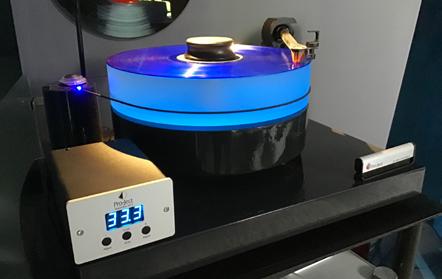
No streamer?
“I don’t feel the need yet to have one,” he said. “Maybe when I retire.”
What did he like about his system’s sound?
“It connects me to the music. It sounds balanced. I’m not very much into the technical sound aspects of the sound, but the system does offer an open, well-sorted soundstage and plenty of detail.”
I agree. On his LP of the Zombie movie soundtrack (1979)—Alain loves movie soundtracks—it’s also what I heard: a spacious, transparent, and intimately enveloping soundstage
with precise but not too-sharp imaging. There were bundles of detail and a good sense of bass energy and rhythmic propulsion. The speakers disappeared sonically, leaving just the music.
Was there a tweak or two that he tried that made a big difference to his sound?
“Getting the speakers positioned just right. It’s maybe the most overlooked tweak but it matters so much. Also, placing absorption panels behind the speakers. They improved the bass, clarity, and detail, and made the soundstage more coherent. And they didn’t cost a lot of money.”
Any upcoming upgrade plans?
“Next thing I want to do is install a dedicated line,” he said, to which I blurted out excitedly: “You haven’t done that yet?” I urge everyone to do this; it’s an inexpensive upgrade that yields obvious results. Removing electrical detritus and power fluctuations from the AC line that feeds your components— having an AC line attached only to your system and not your fridge, or water cooler, or TV—can only be a good thing.
“I also want to upgrade my Belkin Pure AV power conditioner and CD transport,” he said.
Final words to PMA readers?
“Don’t lose sight of what’s most important,” he said. “The music. A lot of people I’ve met know all about models, specs, measurements, but you can’t talk about music with them. They don’t know music. Audio is made to connect us to the music. That’s my most important piece of advice—don’t lose sight of the music.”
Price list in CA$:
• Totem Acoustic Wind: $19,000 / pair
• McIntosh MC611 monoblock: $21,000 / pair
• McIntosh MC2700 preamplifier with DAC and MM/MC phono stage: $11,900
• Ortofon 2M Bronze cartridge: $674
• Bluesound Vault 2: $1,699
• Shanling CD-T1000SE transport: approx. $2,000 when last available. Since replaced by a Mkll version.
• Pro-Ject 10.1 Evolution: approx. $4,000 when last available (external AC motor: approx. $700). Since discontinued and replaced by the RPM 10 Carbon model.
A FAN OF DISCO ? THIS IS THE FIRST INSTALLMENT IN A SEVEN-PART SERIES
by Claude Lemaire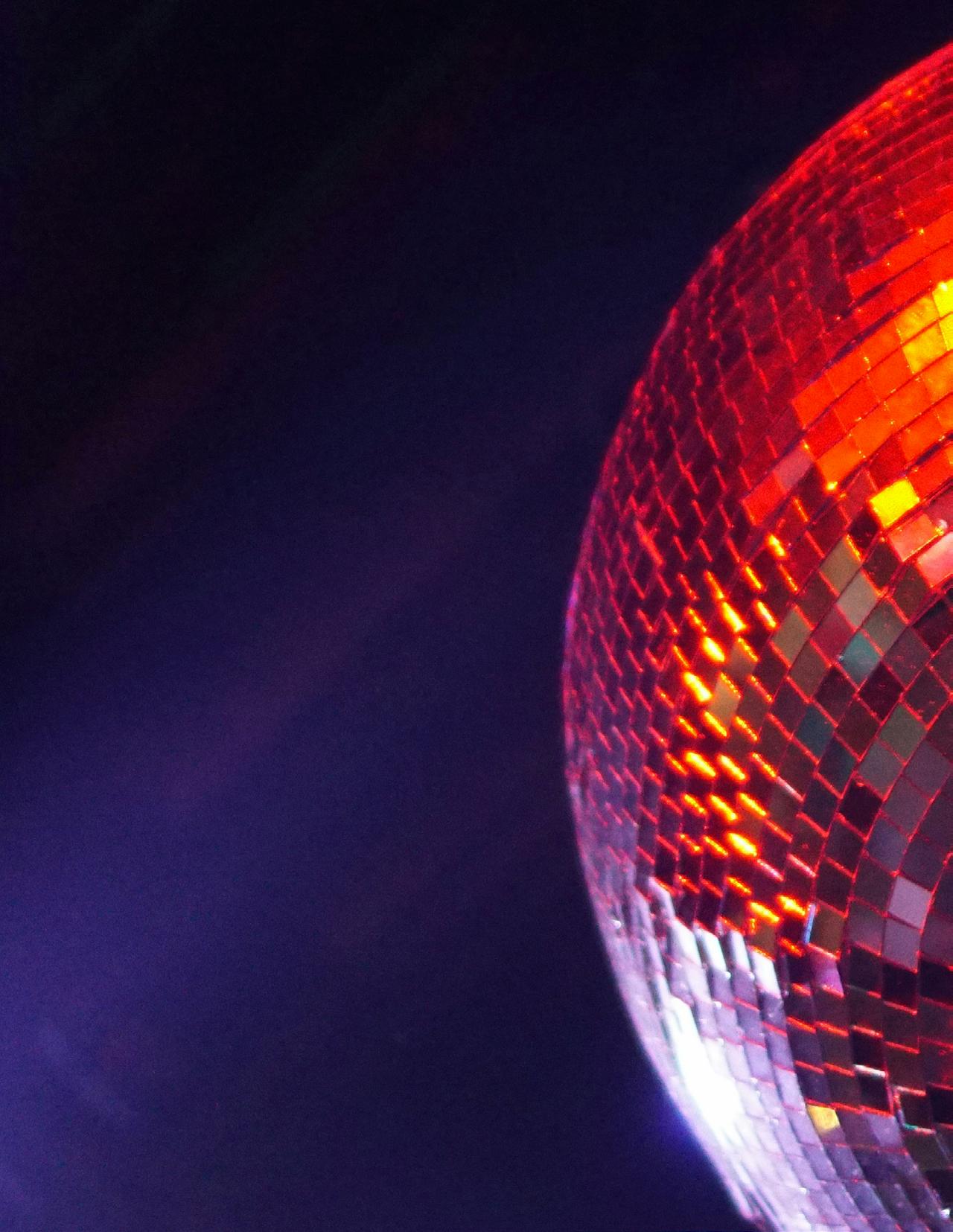
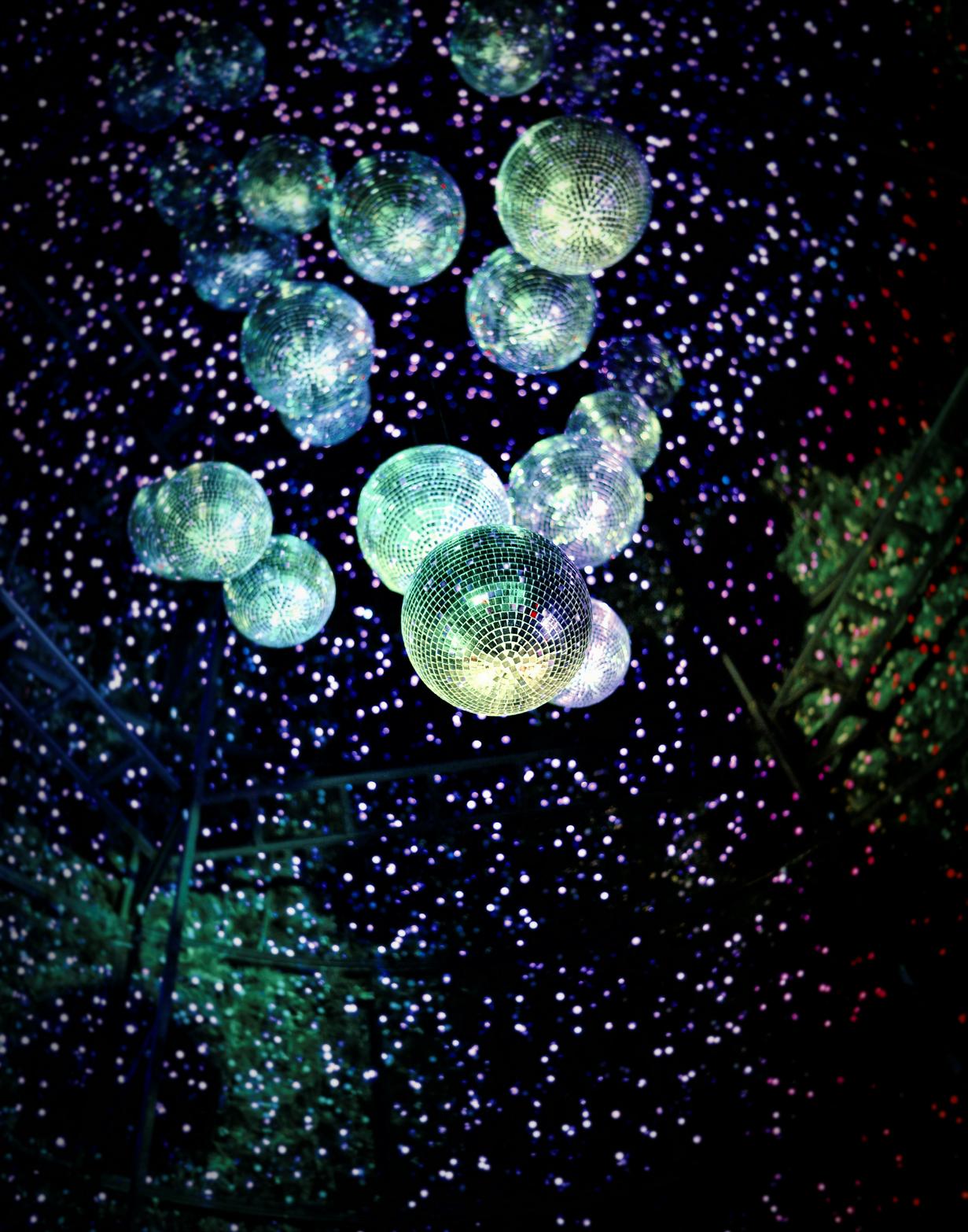

Hi, my name is Claude and I’m a… disco addict. There I said it. Now that wasn’t so awful after all. Truth be told, I never shied away from admitting my lifelong disco dependency to strangers. I was always an unabashed member of the disco brigade, but from what I’ve gathered from friends and acquaintances, choosing a musical identity wasn’t so easy for many music and audio enthusiasts who, in their formative years, felt torn or tormented by being peer-pressured to choose one camp over another. Indeed, growing up in the 1970s to early-80s, you were cast as either a freak, rocker, mod, punk, new waver, or, as in my case, a disco fan.
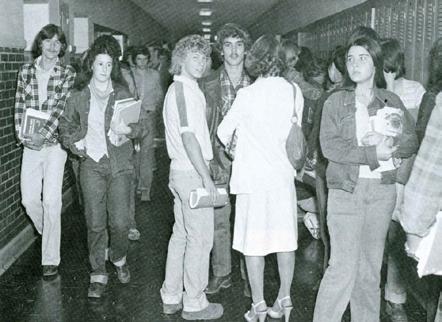
Luckily, living on my metaphorical desert island surrounded by strong opposing tides, I was able to explore and navigate the competing cultural currents of the day. I suspect many young straight guys were wary to openly embrace disco, choosing to remain in the closet musically speaking ; since the genre was closely associated with gay subculture, some may have feared having their masculinity questioned by their school peers.

By happenstance, the pride movement that took shape alongside the gay liberation movement, itself fueled by the Stonewall riots of June 1969, occurred in tandem with the rise of underground clubs and discothèques.
Had the Stonewall riots happened a decade earlier, music from the British Invasion, rather than disco, might have served as the soundtrack for the gay struggle. In other words, you can feel secure in your manliness while still digging disco.
There has always been great reluctance by the music industry to give disco credit as a legitimate art form. While classical, jazz, and rock have historically been coveted by critics as genre classics, disco seems to suffer from the Rodney Dangerfield Syndrome – it “don’t get no respect”. This may be due in part to the fact that contrary to prior genres, disco did not feature many megastars or cult heroes, or cultivate complex personalities or rambunctious behaviors ending in tragic stories that could be circulated ad nauseam in news cycles and outlets. Rather, with the exception of a few disco divas, this was primarily a producer-driven medium, background-built, layer by layer, in the studio instead of live on stage. One could invite comparison within the jazz scene, where the big band swing era reflected a more highly-controlled format focusing on the composer-arranger-ensemble triad, whereas in the following bebop era, gifted musicians and artists improvised in live performances, making them the focus of attention.
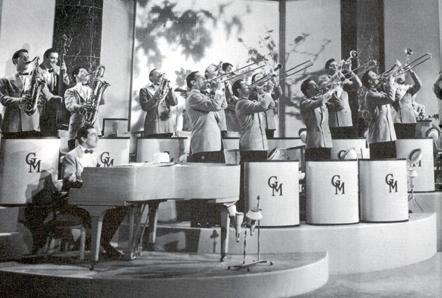
Another myth that we need to debunk is that disco does not have any redeeming value, that it is a fast food product, dispos-

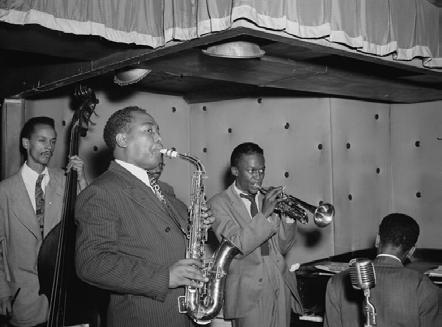
able and quickly forgotten. In reality there are a great number of classic disco songs that, like fine wines over time, have aged gracefully — and no, I am not talking here about “Dancing Queen“, “Y.M.C.A.”, and “I Will Survive“. The trouble is that in the pre-internet days, you had only two broadcast mediums from which to get your music : television and radio. In the case of the former, there were a few very short-lived disco shows that aired during the genre’s heyday, while in the latter’s case, as far as where I lived is concerned, only one FM station — Montreal’s CKMF 94.3 — played disco, from 5pm to 8pm on weekdays, and 9pm to 3am on Saturdays, this circa 1976 to 1982.

Compare that with Montreal’s CHOM 97.7 that was all rock 24/7 from 1969 onward and still plays a mix of new and classics to this day, and that goes a long way in understanding how mentalities and culture can be shaped and long lasting. Now imagine for just a moment if we would have had a 24/7 disco/dance-oriented station that gave and still gives as much airplay to Donna Summer and Barry White as Pink Floyd and Led Zeppelin received and continue to receive, and
it seems likely that disco/dance-oriented music would have more of what Aretha kept preaching about — R.E.S.P.E.C.T. !
Disco often gets derided for its simplistic and repetitive lyrics. No argument from me on that front. Basically, you can condense the genre’s favorite themes and titles into the following : babe, baby, boogie, booty, dance, dancing, disco, get down, get up, love, lust, and sex. But just as you don’t buy or praise a Bob Dylan album for vocal range delivery, nor a Ramones album for its guitar virtuosity, you don’t dig a disco track for its lyrical prose or content. There is no deep meaning behind Musique‘s ‘Push Push’ “In the Bush”, but James Brown can repeat a zillion times “Get Up, Get On Up”, “Soul Power”, and “Hot Pants” in a single song to create an irresistible vibe. You want inspiring thoughtful words ? Cat Stevens and Carole King are more your ticket — music I equally love for those reasons. Disco, on the other hand, offers so many other things : lush arrangements, progressive sonic envelopes, driving toe-tapping rhythms, sensual vibes, unforgettable funky riffs, and much, much more that is there to be discovered.
If you are an audio enthusiast, this gives you another worthy reason to embark on this adventure. Just like jazz, disco is generally very well recorded and mastered on vinyl, much more so than other genres, but unlike jazz and rock, prices on the second-hand market are usually lower and even reasonable, especially these last years when vinyl resale prices have skyrocketed everywhere. Just make sure you stay away from the majority of the reissues and stick instead with the original pressings ; when it comes to disco, with few exceptions, you won’t find quality all-analog reissues from the top remastering labels such as MoFi and Acoustic Sounds — they don’t cater to this smaller niche market. I believe it is high time to give this neglected genre its proper due, and allow it to take its honorable place in music history.
In the next chapter, we’ll examine the multiple roots of disco. Hope you hop on board the disco train for the exciting ride. All abooooard !
CHARLIE PARKER AND MILES DAVIS

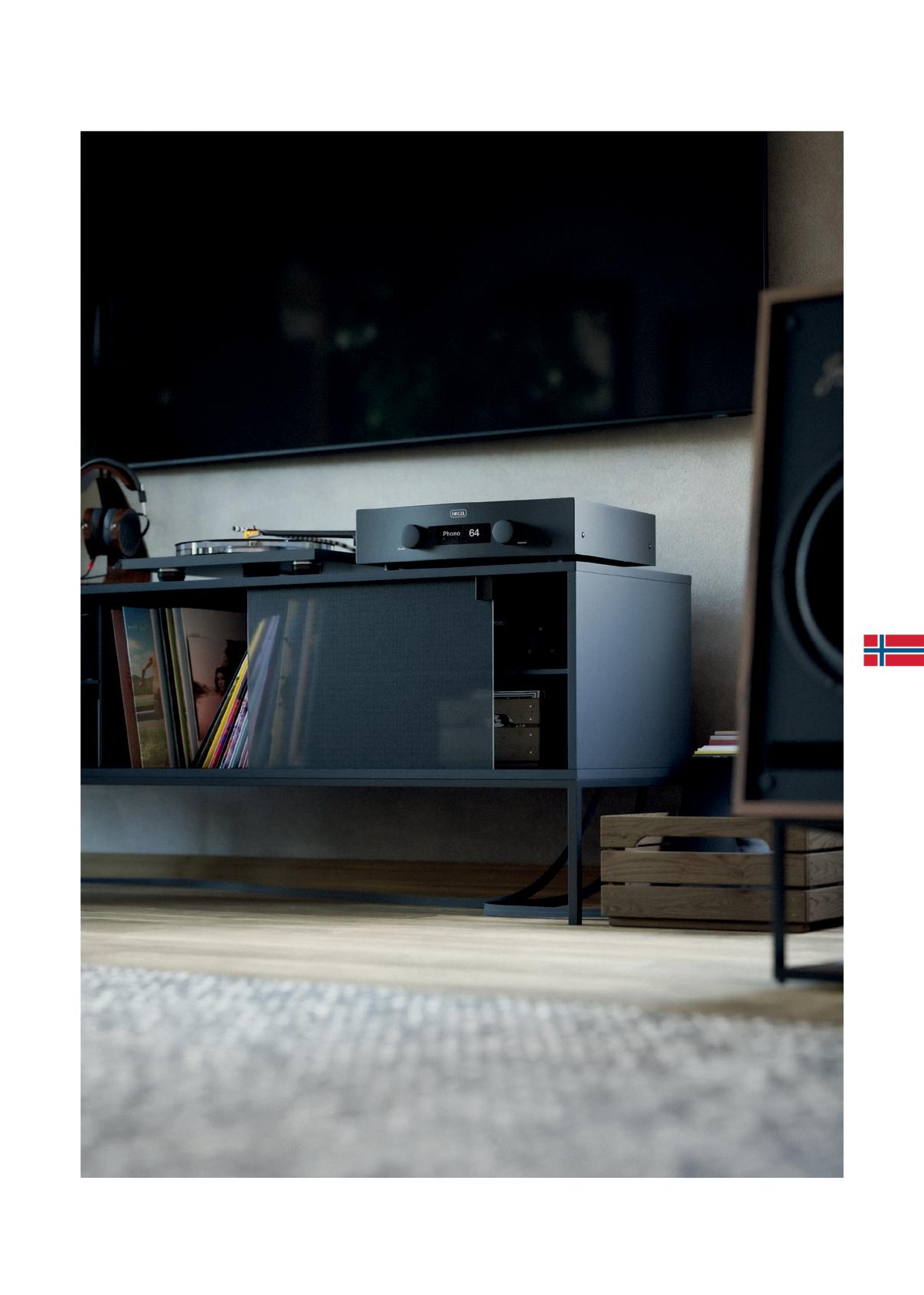
IF SOMEONE WERE TO ASK ME WHAT I THINK IS THE MOST IMPORTANT SONIC ATTRIBUTE IN SOUND QUALITY, MY ANSWER WOULDN’T BE IMAGING OR SOUNDSTAGING, IT WOULD BE VOLUME. MORE THAN ANYTHING ELSE, VOLUME DETERMINES IF THE LISTENING EXPERIENCE TURNS OUT TO BE A WOW OR A MEH. I’M NOT JUST TALKING ABOUT THE OVERALL LOUDNESS BUT ALSO HOW IT FLUCTUATES FROM MOMENT TO MOMENT, WHICH IS CALLED DYNAMICS. AND THE PRACTICE OF REDUCING DYNAMICS IS CALLED COMPRESSION.
To illustrate how compression works, I recorded a short audio clip where I spoke softly for a while and then clapped loudly at the end. Below is a waveform image of the raw recording : Let’s say the excerpt is intended for a radio commercial. But the clap at the end, which
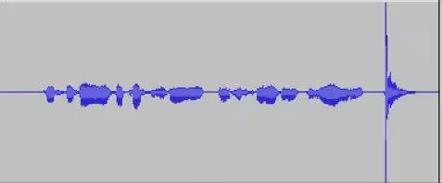

peaked at the ceiling, takes up so much room it prevents me from increasing the overall level, which means the quieter parts preceding the clap can’t be made to sound louder. As it is, my voice would sound tiny next to my competitors’ more thunderous voices. To get around the issue, I compressed, or shrunk, the volume of the clap to create some room, and then maximized the overall output level as follows :
Despite its usefulness, the idea of compression doesn’t sit well with us audio lovers. We often criticize a recording for sounding compressed, i.e. loud and lacking in high or low frequency extension. Yet, compression is used in every audio production step. It isn’t evil. It’s done for practical and musical reasons, to make the recording suitable for home listening or sound punchier. What I am putting on trial is compression done ex-
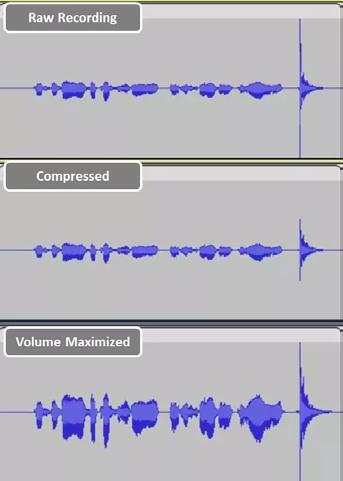
cessively to a point where it hurts the music. Classic albums, such as the Eagles’s Hotel California, are the most obvious victims of the practice. Below is the comparison between its very first CD version (top) and the 2013 remastered version (bottom) :
You can see that, with the remastered version, almost all peaks were truncated to increase the overall level, resulting in a consistently loud, flat waveform.

What exactly got lost in the process ? You can see it when you match the volume between the two versions and zoom in. Below is the comparison between the two versions, zoomed in on the part in the title track where Don Henley sings “They stab it with their steely knives…”, followed by a loud drum attack. I indicated the volume truncation of the drum attack in red squares.
You think those 24-bit “high resolution” files are necessarily better ? Here is the comparison of two different versions of one of my favourite songs, “The Stranger”, by Billy Joel :
You see the same story here…
Or how about those fancy Japanese remasters ? The labels’ marketing is aimed specific-

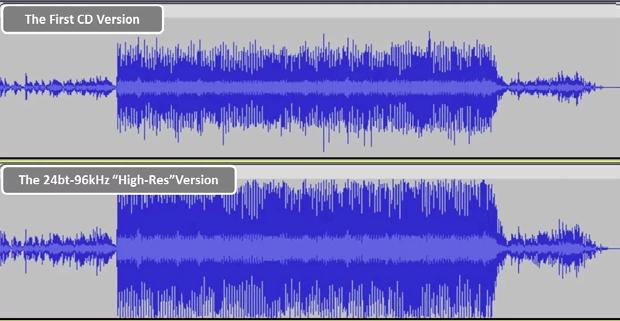
ally at audiophiles, so you would think they would focus on delivering less compressed sound. Think again. From a Japanese “audiophile” remaster :
In all three cases, the intention seems obvious—to make the music win the loudness war. But it only bleeds with no victory because other tracks are mastered the same way. Like in many wars, no one wins.
Yet, every time one of these new versions comes out, it gets praised all over the Internet
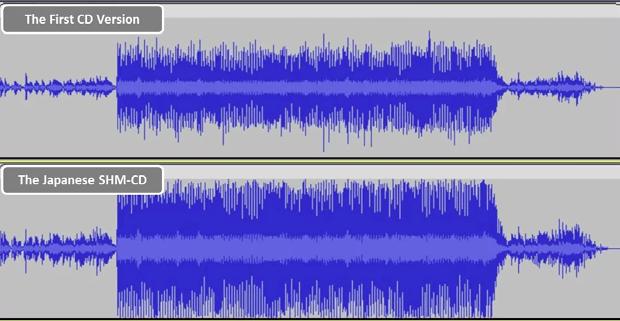
for its “bigger soundstage”, “more substantial bass”, “greater detail”, and even “wider dynamic range”. What’s going on here ? The answer is : the volume. When it’s cranked up, you hear the more recessed parts of the music more clearly. In all three of my examples, I found the volume at the beginning to be at least twice as loud in the newer version than in the original CD.
And don’t get me started with streamed files from streaming services. They’re even louder than the remastered CDs, which indicates even more compression was added.
For those who want to hear digital music

with the original dynamics preserved, the solution is simple. Just get the original CDs that came out in the late 80s and early 90s. It’s not always obvious to know which release was first, so look for clues, such as this message explaining what a CD is to an audience presumably unfamiliar with the format :
Another option is to do what I do—use Audacity software to test the CD. If the music on it is overly compressed, you can sell it if you own it or return it if possible. I don’t want to say that all remasters are guilty of over-compression—that wouldn’t be fair to the remastering engineers who have truly improved the recording’s sound quality through proper means—but be wary of releases that say “remastered” or something like “Special Edition”, especially since these tend to cost substantially more than regular CDs.
Most CDs of classic albums sold today were remastered, which likely means more com-

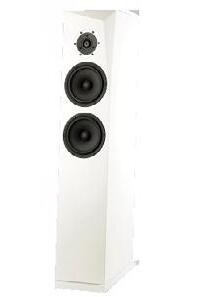
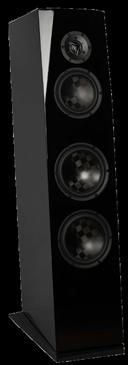

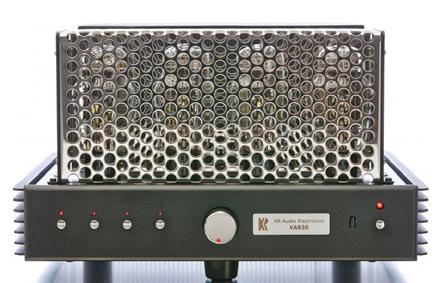
pression than on previous releases. Further damage is being done by streaming services, while most of the pop recordings of the last few decades started off highly compressed. In today’s audio, over-compression is the order of the day. Many of us just don’t notice it because it has become the norm.
Music consumption today is a bit like contemporary life, in that we’re overstimulated by a loud, relentless stream of information. This is causing us to forget how to savour the music. That’s why, for the sake of peace of mind, I suggest we all occasionally make a conscious effort to break away from the relentlessness of it all. Pick up an old CD or LP that you know isn’t over-compressed and play the whole album through without allowing yourself to be distracted by anything else—especially not your cell phone.
I assure you it’ll be a great way to… decompress.




THERE’S A CERTAIN ALLURE TO PLAYING A VINYL RECORD. IT OFFERS A DIFFERENT EXPERIENCE FROM PLAYING A CD OR STREAMING MUSIC. COULD IT BE BECAUSE A RECORD IS ANALOGUE BY NATURE AND THUS MORE RELATABLE TO US ? I CAN’T SAY FOR SURE, BUT I CAN EXAMINE A CD ALL DAY AND NOT SEE WHAT I SEE IN AN LP IN A MINUTE. THE INFORMATION A CD CONTAINS IS A SERIES OF NUMBERS, WHICH ARE MEANINGLESS TO US HUMANS AND FATHOMABLE ONLY TO A SPECIALIZED COMPUTER CALLED A DAC.
Ican remember examining an LP from a very young age, trying to see how those tiny groove undulations could capture physical sound and transform it into music. Even a cursory look at the wriggling groove on a vinyl record shows that there is music engraved in there. Dynamics and multiple sound waves as well as repetitive percussion impacts all show up on that tiny groove. It’s mesmerizing to look at.
In the days that vinyl records were known simply as records, LPs, or 45s, most of us didn’t even know they were made of vinyl. And most 78s were not vinyl, as my brother Paul found out when he accidentally tried to flex grand-dad’s 78 rpm Vaughn Monroe record, Riders in the Sky, only to see it shatter to pieces. That was the first nice feature of vinyl records. They were less breakable than what came before.
I think to fully understand the allure of vinyl, one must become one with the disc itself. That may sound very Zen, but it’s true.
What’s In Your Groove ?
An examination of a vinyl record physically and audibly allows some insight into what’s inside a groove. Note that I said the singular “groove” because there is just one groove on each side of a disc which spirals in towards the center as the record is played.
One can examine any record by eye and see that the undulations are indeed a facsimile of the audio signals recorded therein. Closer examination under magnification reveals even more. For example, I have never seen a completely clean record groove. Even record sleeves and cardboard record jackets are


fraught with tiny particles which inevitably find their way onto the record surface, even on a brand-new LP. Photo 1 shows an example of a record I recently bought with its sleeve intact. There’s a fingerprint clearly visible near the label area, and it’s not mine.
Photo 2 shows another area of the same recording, where we can see various particles. These may be innocuous, especially if they’re larger white ones, which are typically paper fibers. Some of the smaller ones might cause some noise upon playback, depending on what they are and if they’re stuck to the vinyl. Sometimes, even our skin cell flakes can end up on the record’s surface. The microscopic world on a vinyl record is full of unusual things. This photo shows the large land areas between successive groove tracks. I used my Puffin phono DSP preamp to determine the quality of the record based on surface noise content, mainly pops and ticks, which are impulse noises. The record itself is not hugely dynamic and it shows a somewhat low signal-
to-noise ratio. Each LP side is given a score by the Puffin preamp comparable to a school grading system from A+ to F. This particular recording scored B+ for each side, which is acceptable but not wonderful. I find that records scoring at least an A are the ones that are truly good quality, with a few exceptions.

This recording on tan vinyl from a local label featured a singer with a guitar. There was nothing spectacular about the recording or performance. I expected more for its $30 price.
In recording this record into a digital format, one can see many hidden aspects of the music and noise content detected by the cartridge during playback. Screenshot 1 shows an image taken of a small audio clip from this recording. Here, one can easily see the music and noise detected during playback. Often, the noise is not audible if the signal is high enough. But on this recording were several areas where the noise was quite audible.
On a recent trip to Scotland, a friend and I both purchased records at a Dundee record store. Two records were considered audiophile quality, with one labeled “45 rpm Audiophile Edition”. Both were also labeled as being made of 180-gram vinyl. The recordings included Miles Davis’s “Sketches of Spain”, which sold for £13 (US $ 16.36, CA $ 22.36) and was the 45 rpm recording, and Roxy Music’s “Flesh + Blood”, which was standard 33 1/3 rpm and sold for £30 (US $ 37.49, CA $ 51.60).
The Miles Davis recording at 45 rpm was a little over 15 minutes per side and, as such, had to be cut at a slightly lower volume level

than at the slower 33 rpm speed. This was evident during playback as I had to increase the gain to maximum to properly record the album into FLAC format using VinylStudio software on my computer. Of course, increased gain also brings up the noise level, while decreasing the signal-to-noise ratio (SNR) of the record. This record had several problems, which should never happen on a so-called “audiophile” edition, even at a discount price.
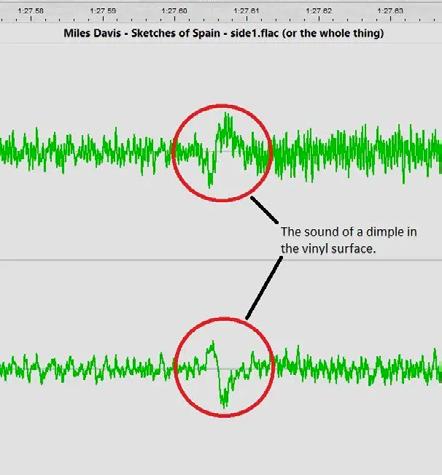
My Puffin preamp scored it a C for side 1 and a B+ for side 2, but I would not be so generous with these grades. There were some clearly audible noise spikes on side 1, so severe that I would reject it (screenshot 3). There were also some low-frequency noises that were not detractors for the scoring but were quite audible. Upon inspection of the disc, it was ob-
vious that there were some small dimples on side 1 that caused these noises. Photo 3 shows a clear picture of the largest of these dimples. Some were also found on side 2, but they were not as large or audible.
Screenshot 2 shows the audible effect of the largest of these dimples. Notice that its out-of-phase movement indicates vertical motion of the stylus as one would expect from a dimple. The origin of these defects is unknown to me, but there was an apparent flaw in the stamper or the process which caused this blue vinyl to dimple. The vinyl was said to be “HQ virgin vinyl” on the record’s jacket, but I found that under higher magnification, it contained several flaws.

Photo 4 shows some of the blue pigment pellets near the area of the large dimple. I have no idea if this “residue” is related to the imperfection or is just a stray artifact, but it is an indication that the vinyl was not well mixed with the blue pigment. Several tiny blobs of these dark blue particles are visible on both sides upon magnification.
This is concerning considering that even tiny imperfections in a record groove can be easily heard during playback. These examples show that not all vinyl comes in pristine condition from the factory. I had previously, through bench testing of brand-new records, determined that the failure rate for vinyl recordings straight from the manufacturer is on the order of 10 %, and my experience with these two records would tend to support that estimate.
That brings me to the good news. The £30 album by Roxy Music was much better. It scored an A on each side and showed little
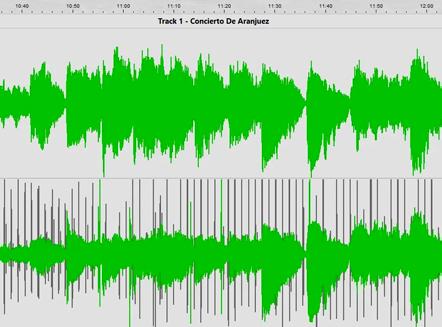
evidence of noise or strange anomalies like dimples. It was pressed on black vinyl, and was labeled as “half speed mastered”, which, in theory, should improve the sound. I can’t vouch for that, but to demonstrate the differences between these two albums, I have a click counter. That counter is part of the VinylStudio software I use to convert the music to a digital format. It is not foolproof, but it does give an idea of the amount of noise present on the vinyl’s surface.
The Roxy Music recording registered 815 clicks, which were repaired by VinylStudio. In
comparison, VinylStudio recorded 6658 ticks on the Miles Davis recording, which it also removed for digital conversion. Admittedly, some of these repairs were false, in that VinylStudio seems overly sensitive to some high frequency content. Still, most of these ticks were legitimate, as can be seen by looking at the displayed audio signal in screenshot 3.
If you’re wondering if I cleaned these records — a favorite pastime for most vinylphiles, myself included — prior to testing them, I didn’t. I simply used a carbon fiber brush to remove surface dirt or light dust. My argument for not precleaning new discs is this : When buying premium vinyl, why should I have to clean it ? It seems to me that if it’s premium and requires cleaning, the manufacturer should clean it for me. It’s one reason why I’m paying a premium price for the record. But the second reason is that many of the defects found on these records would not benefit from any amount of cleaning. I doubt that the noise found on the Miles Davis album could be eliminated, as it was repetitive and probably due to a scratch on the surface since only one channel was affected. This corresponds to a flaw seen at
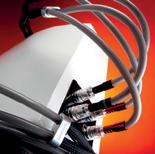
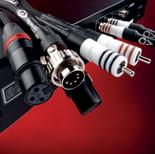





the same place on the record’s radius, not dirt or debris. And cleaning would most certainly not remove the dimple noise from this record. It’s there and must be lived with. If I were still in Scotland, that recording would have been returned to the record store.
Scratched !
The dreaded scratch on a record is a fault that can’t be ignored. Even with very careful handling, it’s possible for an accident to happen causing a scratch or ding to one’s precious vinyl disc. My treasured Deutch Grammophon recording of Grieg’s “Peer Gynt Suites 1 & 2” with Herbert von Karajan conducting the Berlin Philharmonic, suffered a scratch, resulting in a very audible pop recurring through many revolutions of the record at
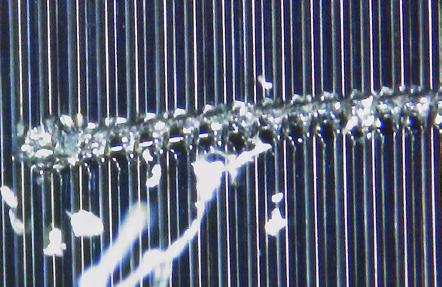
slightly less than 2 second intervals. Upon examination of the record, I found a straightline scratch for which I have no explanation. No one other than I had played the recording, and yet, there it was (photo 5). It might have been handling damage on my part, or some other accident. I doubt it was caused by a cartridge stylus scratching across the record. The microscope photo looks more like a knife or razor blade cut across the groove. I’ll never know how it happened but, fortunately, I was able to remove the audibility of the scratch using VinylStudio from a digital capture, something that can’t be done with a standard turntable and phono stage. It now sounds flawless !
aged, but after careful inspection and playing the disc, there seemed to be no damage. I dodged the bullet that time, but it emphasizes the importance of careful record handling. The edge and label areas are the only places where bare clean hands should touch the record, and prompt removal of any contaminants should always be standard practice.
I realize that record playing setup and handling might sound like some sort of fetish or the onset of OCD behavior. I would bet that many vinylphiles are, in fact, somewhat “obsessive-compulsive”. I, for one, turn on my turntable every day whether I’ll play a record or not. It’s part of the satisfaction I get from vinyl. It makes me do things no other medium can. It’s just some of the fun in playing records !
Read Part 2 here. (Link : https ://pmamagazine.org/how-a-vinylphile-found-hisgroove-part-2/) PMA
I bring this up to show that no matter how careful we are, accidental damage can occur. I found myself accidentally juggling a friend’s new album recently, only to have it land on the edge of my desk. I thought it might be dam-

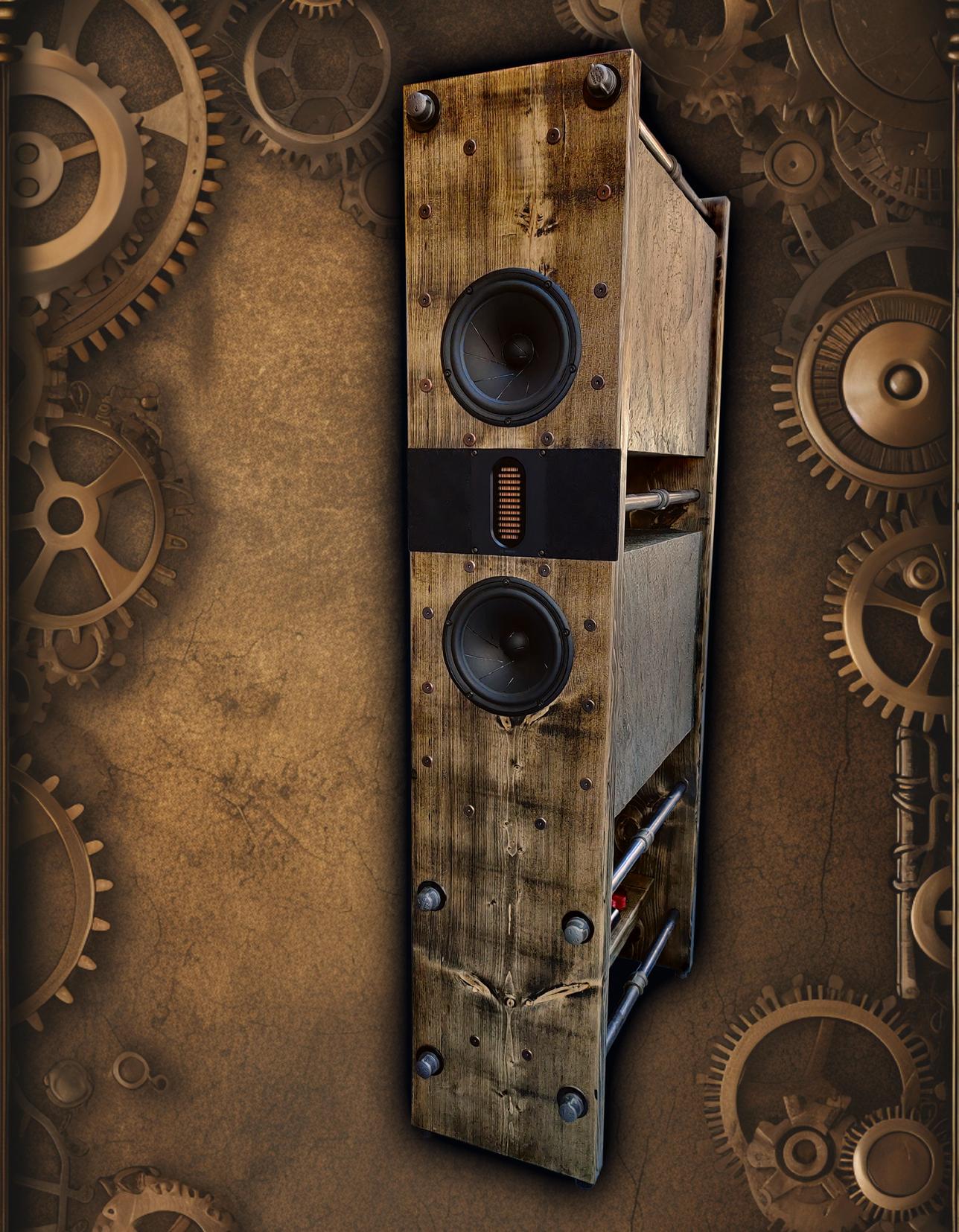
Suite
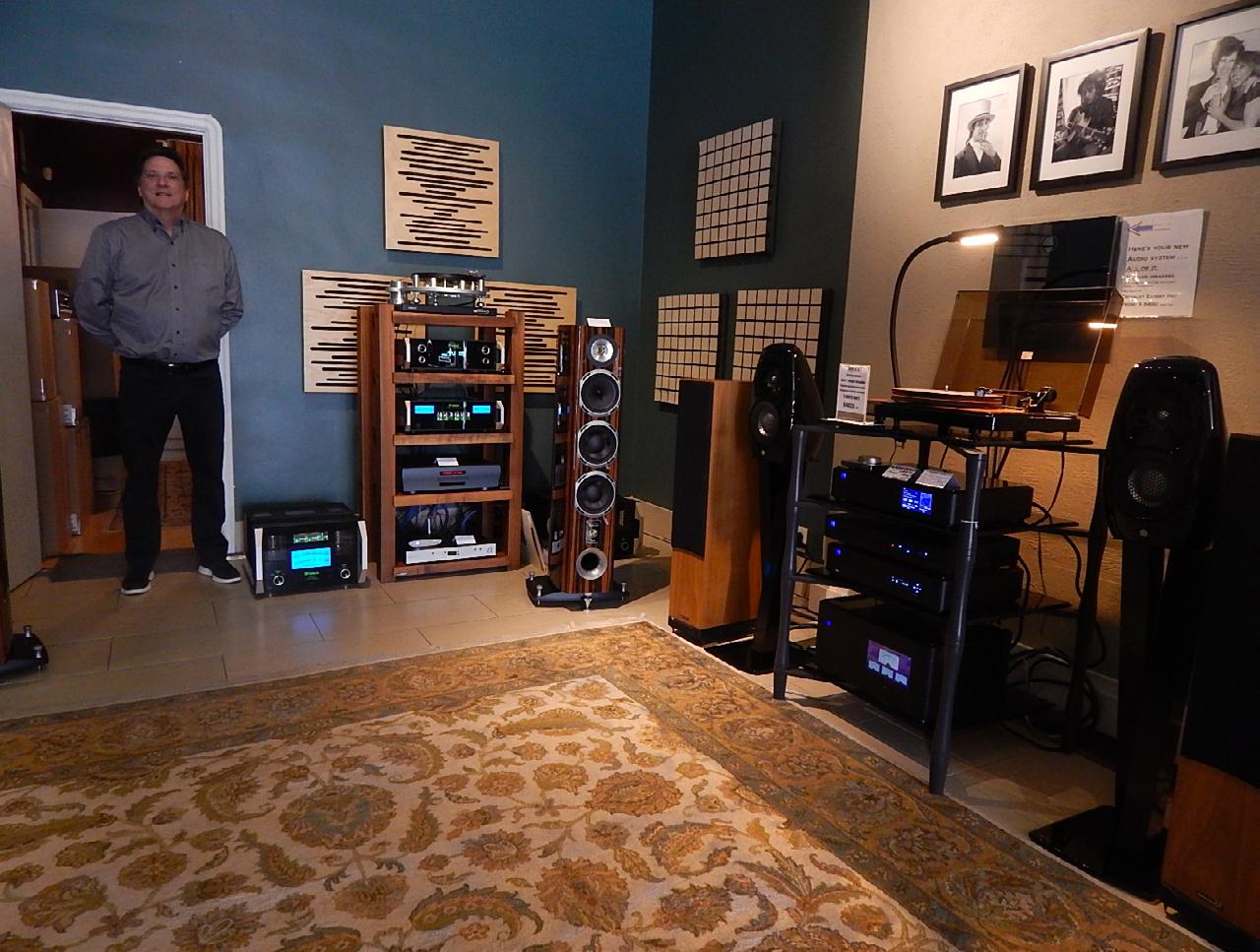
ED STONE OF EXECUTIVE STEREO HAS LED AN INTERESTING LIFE, PARTICULARLY FROM AN AUDIO PERSPECTIVE. LET’S START WITH THAT NAME—ED STONE. IT SOUNDS ROCK ‘N’ ROLL VERGING ON BAD-ASS, LIKE A MADE-UP ROCK STAR ALIAS. EXCEPT IT ISN’T, AS ED CONFIRMED WITH ME DURING OUR INTERVIEW OVER THE PHONE, IN WHICH HE JOKINGLY ADDED, “AT ONE POINT, I THOUGHT IT WOULD BE NICE TO WORK WITH (CANADIAN MUSIC PRODUCER) BOB ROCK SO THE ALBUM CREDITS COULD READ ‘ENGINEERED BY STONE AND ROCK’.”
Work with Bob Rock? Therein lies a clue to Ed’s intriguing audio life story. See, before Ed bought Executive Stereo in Toronto in 1998, he spent over twenty years, from age 19 to 40, as a recording engineer at Toronto’s Sounds Interchange Studios, where he worked with the Rolling Stones, Rod Stewart, Thin Lizzy, Black Sabbath, Oscar Peterson, producer Eddie Kramer (Led Zeppelin, Rolling Stones), and Triumph, among others. Triumph’s Gil Moore founded Metalwork’s Studios in nearby Mississauga, where Ed worked for 10 years. Ed knows what the music sounded like when it was laid to tape, because he was there, exposed daily to the sound of electric and acoustic instruments. While Keith Richards was waiting for his court case to proceed after his drug bust at the Canadian border, he recorded several country music demos at Sounds Interchange, in which Ed was involved. I asked Ed if his time with the acts he recorded ever got a little rock ‘n’ roll-lifestyle wild? “Just 5% of the time”, he said with a snicker.
Ed always loved sound reproduction. At 15 years old, he had a multitrack recorder. He then worked part-time at a hi-fi store so he could surround himself in high fidelity. It’s also why he got into the recording biz, because that’s where sound reproduction begins. Just listen to Ed’s studio chops on Triumph’s album Thunder Seven or the band’s other albums, in which he was involved in every step of the recording process.
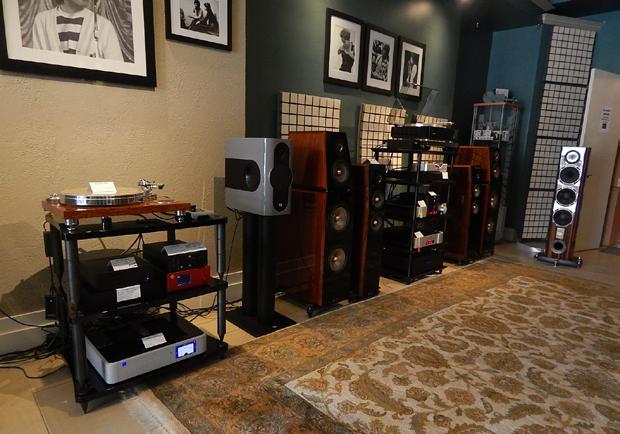
After 20 years, the recording biz took its toll. Ed blames the long hours and travelling it took to do his job for costing him his first marriage. It was a turning point. He stopped travelling to studio gigs and began looking for other work, egged on by his then-wife’s advice to ‘do something you love. I don’t want you to be miserable’. Then fate intervened in the form of a wanted ad for used audio equipment. It spurred Ed into bringing a bunch of empty recording reels to a place called Executive Stereo, where, after a long chat with the owner, he was offered to buy the place. Six months later, in 1998, Ed took up the offer. That was 26 years ago, an eternity in retail.
At any point, had business ever gotten so hard he considered selling the store? “Not really,” he said. “I was determined to make it work. I told myself, ‘I can do this. I know this stuff. I’m not a great businessman, but I’ve got personality and I can talk to people.’ And I had knowledge from my recording days that allowed me to say to people ‘this is how it should sound’, and people respected that history. It was great credentials to have.”
When I asked him what he tells people who come into his store looking for audio-purchasing guidance, he said: “I ask them what source they have or want to listen to, the size of their room, how loud they listen, what kind of music they listen to. That will usually give us (him and salesman Ryan Miller) enough information to suggest something. I don’t really ask about price. I just say ‘this is what I suggest for your needs or your system’. At that point, they might ask what it costs, and if they say the amount is a bit rich, at least I’ll know where to go from there.”
“So the gear fits the personality?” I asked.
“I try to do that,” Ed said. “I don’t say, ‘this is it, you have to buy this.’”
What was his favourite part of owning an audio store?
“I get to listen to music all day,” he said. “I get introduced to all this new music from people walking through the door. I love hearing stuff I’ve never heard before. My musical tastes have grown so much. I never used to be that into classical, or jazz—it was always rock ‘n’ roll for me—but now I really enjoy them.”
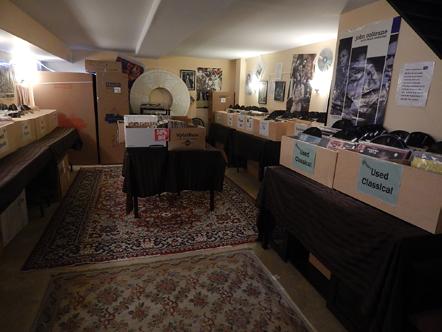
Can a good system make it easier to get into certain genres?
“I think so,” he said. “Because if you hear music on an average or bad system you won’t be able to hear all the intricacies or the talent that went into composing these pieces. I think
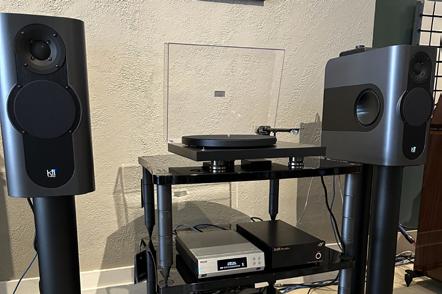
that’s especially true of classical music because there’s so much going on in it. So, if you hear it on a nicer system, there’s no doubt in my mind that you’ll get more from the music.”
Even though his studio days are long behind him, Ed knows intrinsically what in-
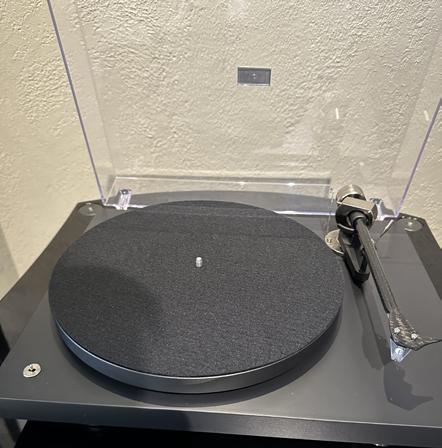
struments sound like, and he knows what certain recordings should sound like. He recognizes true-ness in sound reproduction. It helped inform his decision on the contents of his $30,000 system.
It included a pair of 3-way, active Kii 3s, a Melco N100 streamer, an EAR Phonobox phono stage, and a Project Debut Carbon Pro turntable. An interesting facet of this analogue- / digital-based system is the amount of hardware it made unnecessary: most cabling—all that was needed was a USB cable between the Melco streamer and the Kii controller, and a pair of balanced cables from the phono preamp to the balanced input on the back of each speaker. Also unnecessary was having an external amplifier, preamplifier, or DAC—the speakers had all those built in, plus DSP, which allows them to be placed anywhere in a room and still deliver great sound. The Kiis are suitable for condos or smaller listening areas, but also for huge spaces; each speaker is equipped with 6 drivers, each separately powered by an internal 250W Ncore class-D amplifier, with a low end said to extend to 20Hz (+/- 0.5dB).
Due to the 8-hour drive-time between us, I didn’t audition Ed’s $30,000 system, but I had heard the Kii 3s at the Montreal Audiofest a few years back and was floored by their bass power and how transparent, effortless, and full they sounded.

Why did he choose this combination over others?
“It’s a system that I really like as an ex-recording engineer,” he said. “It offers worldclass sound for the music lover who just wants to listen, instead of tinkering. It’s set and forget.”
He added: “And the Kii 3s are exceptional for their detail and ability to pick apart the
music and let the listener hear all the inner details and layers.”
If an owner of this system wanted to eventually upgrade, what would he recommend as a first step?
“I’m a huge fan of power conditioning,” said Ed. “I would add a power conditioner, like something from PS Audio or Torus. Any good one will do a better job than plugging a component straight into a wall. Some people say that using a power conditioner is going to limit your power, but I say get the power conditioner that works with your particular system. You just have to match it properly.
“Another thing is the room,” he said. “A lot of companies are doing acoustic treatment, so people are finding that the room plays a huge part in the sound. If you buy thousands of dollars worth of equipment and put it in a room that doesn’t help, you’re going to get average or worse sound.” And nobody wants that.
Price List (in CA$):
• Kii 3 speakers with controller – $23,500 in white or black. (Matching stands add $2500.00 )
• EAR Phonobox -1695.00
• Project Debut Pro Turntable with Project Pick it pro cartridge – $1189.99
• Melco N100 Music Server/ Streamer w/ 2 TB Storage –$3395.00
• Cardas HiSpeed USB Cable 1.0 Meter length – $690.00
• Cardas Clear Reflection 1.5 meter interconnects (from Phono box to speakers) –$2410 pr.
Total Cost: $32,879.99, cables included.
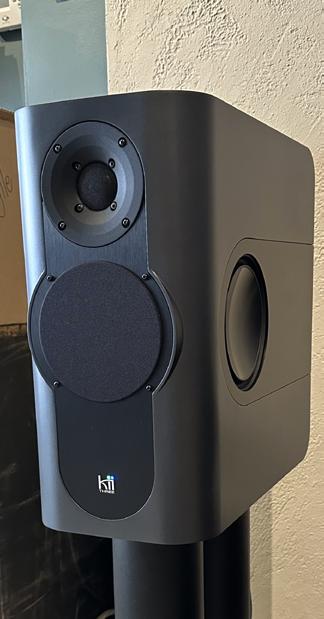


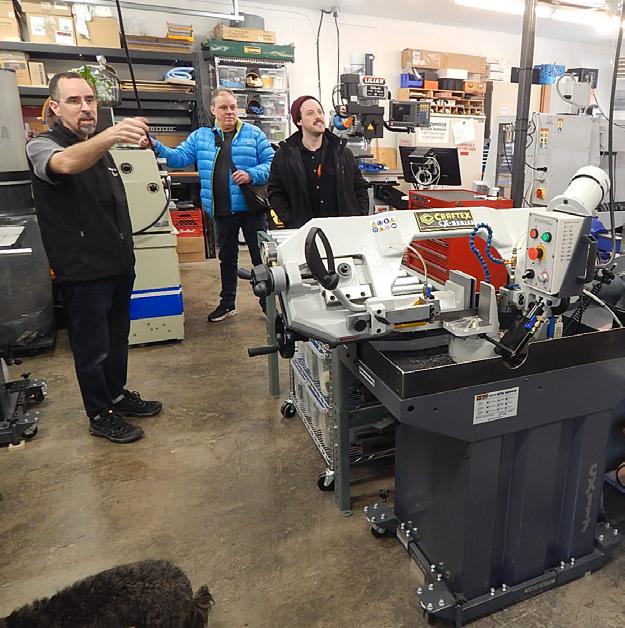
I DON’T THINK I’VE EVER MET ANYONE QUITE LIKE COMPANY STABLE 33.3’S FOUNDER AND HEAD DESIGNER SYLVAIN PICHETTE. OR, MORE SPECIFICALLY—MET A MIND LIKE HIS. THAT MAY SEEM A STRANGE THING TO SAY, UNTIL YOU SPEAK WITH HIM AND REALIZE, AS I DID WHEN I RECENTLY VISITED HIM AT HIS NEW GATINEAU, QUEBEC, WORKSHOP, HOW INGENUOUS AND PASSIONATE—ONE COULD SAY OBSESSIVE—HE IS ABOUT HIS AUDIO MANUFACTURING BUSINESS. HE IS ALSO INTENSELY CURIOUS AND NOT ONLY FASCINATED ABOUT HOW THINGS WORK, BUT HOW THEY CAN BE IMPROVED UPON. IT’S IN HIS DNA.

Literally. Sylvain comes from a line of great-uncle inventors on his mother’s side who actually made their living inventing things. Some of those things had worldwide impact, such as the baby bottle with the plastic pouch that collapses so babies don’t swallow air; or his 12-meter-high Aérodium, a vertical wind tunnel designed to simulate the sensation of skydiving. The franchising rights to the Aérodium were eventually sold to American real-estate tycoon Marvin Kratter for US$ 1.5 million. Like his great uncles, Sylvain is predisposed to think of how to build things or improve on old concepts.
A machinist by trade, Sylvain didn’t always have his eyes on a career in audio. His first dream was to get into the movie business, in the field of animatronics or special effects. There was a chance his dream might come true when, on the strength of his win for Canada against 32 other countries in a robotics competition, he was introduced to a movie production company in Burbank, California. Unfortunately, it didn’t go anywhere because he couldn’t speak English.
Call it destiny, one that allowed Sylvain to pursue another passion (he has a few): turntable building. What turned out to be his career-defining vocation was triggered in the 2000s when he was allowed to bring home a box of Rega turntable parts he’d stumbled on at an audio shop. Among the parts were several turntable motors, three of which worked. He took those and duplicated the other parts—”I’ve never wanted to use other people’s parts”, he told me. “But motors are harder to make.”——and, relying on his wits and his employer’s milling facilities off hours (but using no reference manual), assembled
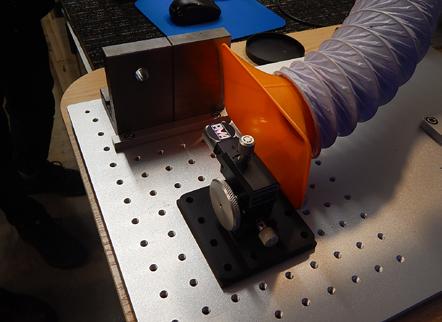
a functioning turntable, a prototype of what would eventually become his 33.2 turntable.
Over the years, that design, driven by Sylvain’s compulsion to make it the best he can, became increasingly precise, more streamlined, better-sounding and more sleek-looking. What began as a three-motor turntable made of 116 parts, is now a cutting-edge analogue object d’art composed of 32 intricately machined and interconnected parts that flow in synchronous harmony.
The extent of Sylvain’s perfectionist streak and determination to get things right came into focus when Sylvain and our visiting group, which, aside from me, consisted of PMA publisher Michel Plante, his son and PMA co-publisher Olivier Meunier-Plante, and a fourth companion I’ll get to soon—talked shop at his new workshop occupying the entire first floor of a two-floor building the size of a small firehouse. The floor upstairs is where his sound system and listening room are, where he tests equipment or listens for pleasure.
Our visit also provided further insights into Sylvain’s personality, including that he is an amateur but very well-versed entomol-

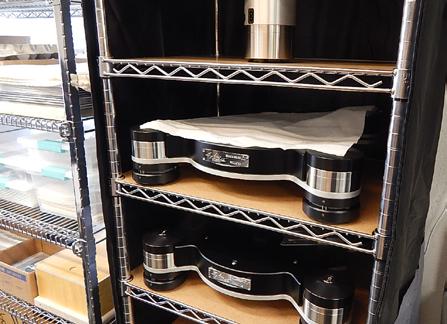
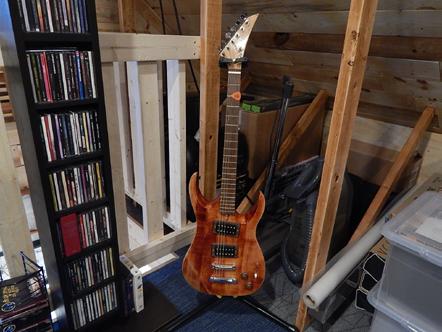
ogist. Against the wall abutting the stairs leading up to his listening room are a variety of the most unusual and elaborately-limbed insects I’d ever seen. I also learned that he has no qualms about rifling through road kill remains to collect insects or reassemble the skeleton of a dead owl, both of which his younger self did to his mom’s dismay. It’s all part of Sylvain’s need to understand how things work, and what they’re made of.
I’d never seen a workshop as spotless, bright, or meticulously organized as Syl-
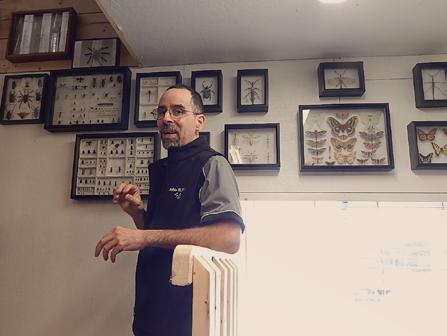
vain’s. The manufacturing equipment looked modern and pristine, the floors were dustfree, tools were well arranged, drawers and cabinets were filled with instruments of high tooling precision, some offering tolerances up to one-thousandth of a hair.
Aside from his turntable business, Sylvain’s company is busy manufacturing parts for other audio companies, as well as turntable accessories it ships in large quantities across the world under its own brand, including weights and record-hole reamers
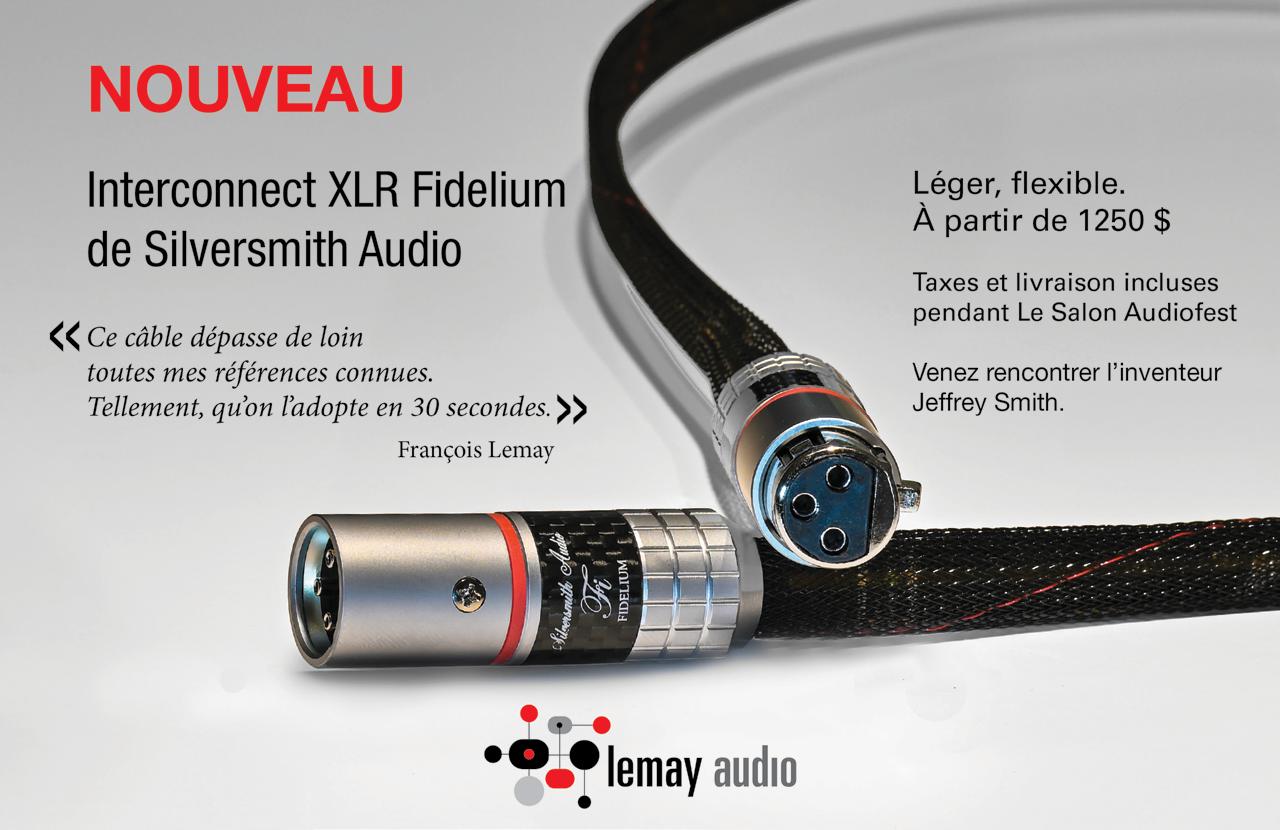 AN ELECTRIC GUITAR SYLVAIN BUILT HIMSELF
SYLVAIN WITH SOME OF HIS BUG COLLECTION
Salle 1216
AN ELECTRIC GUITAR SYLVAIN BUILT HIMSELF
SYLVAIN WITH SOME OF HIS BUG COLLECTION
Salle 1216
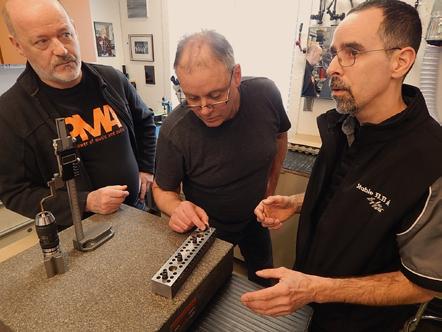
(used to correct the hole’s diameter at the centre of a record).
But it’s his 33.2 turntable, now in Mkll form, that Sylvain is most proud of and passionate about. A monument to his skills and know-how, it is the greatest product he has built in his lifetime. One such ‘table sat in a small open area in the workshop; examining it up close, it looks almost futuristic— all smooth curves, aerodynamic surfaces, architectural beauty, solid substance, and a platter whose rotation is so even and quiet it doesn’t appear to be moving at all. Every time I see and hear a 33.2 turntable—and I’ve seen and heard it several times in various setups—I genuinely can’t believe, considering the price of other top-end turntables, that it retails for CA$ 13,900 (US$ 11,000), without the arm.
This particular ‘table had a tonearm, the 12” André Thériault Black Beauty Mkll (CA$ 11,500,
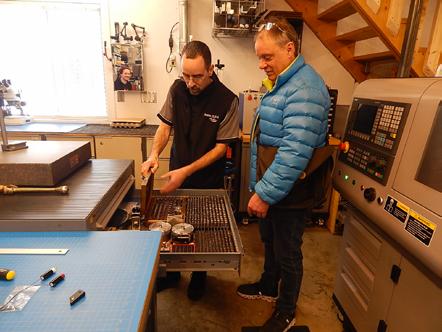
US$ 9750), which brings me to the fourth member of our travelling group and the Black Beauty’s designer, André Thériault, who was also visiting Sylvain’s new digs for the first time.
André is another passionate audio manufacturer with a perfectionist streak and a high analogue intellect, whose fascination with turntable and tonearm design was sparked by his introduction decades ago to two classics in their categories—the original Oracle Delphi turntable and the Well Tempered tonearm.
André has since become so proficient at tonearm design that, along with designing and selling tonearms under his own brand, he designed the tonearms for Kronos Audio’s Sparta and Pro turntables and the one on Nagra’s Reference turntable. But André is not just a specialist in tonearms; he also has an ongoing partnership with Nagra’s R&D team to help oversee the design of its turntables, the Reference included.
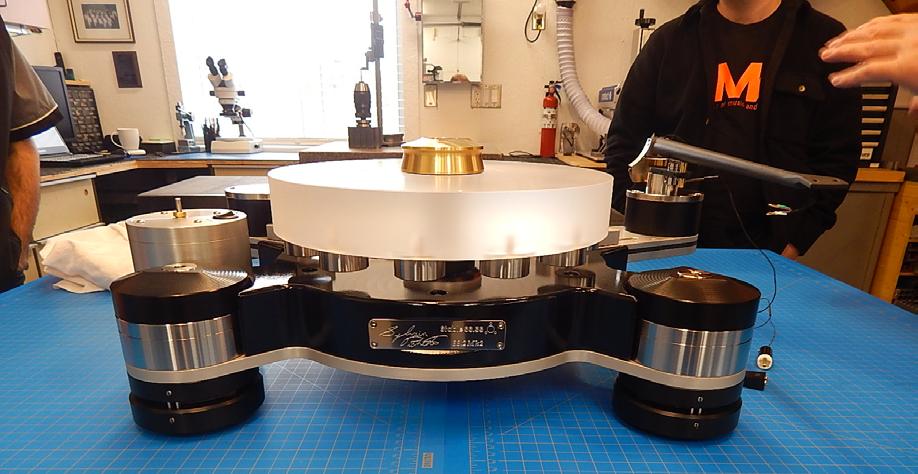

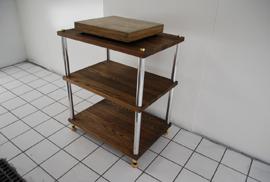


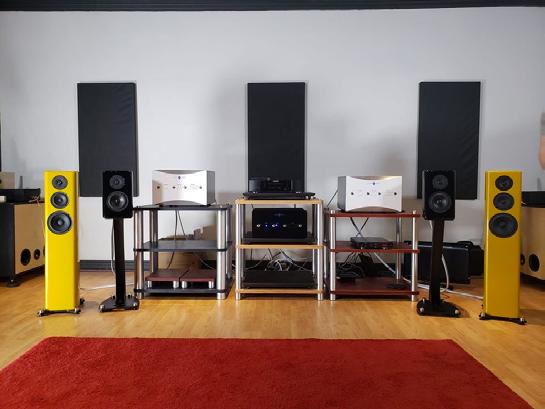
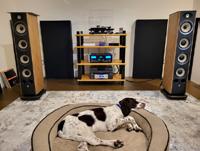


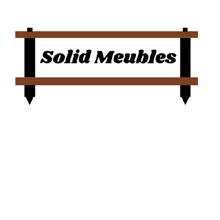
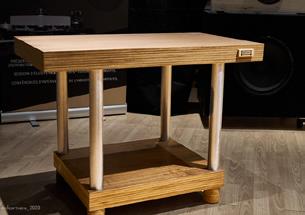
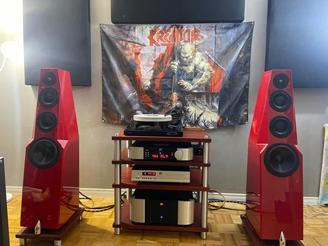
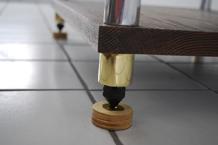
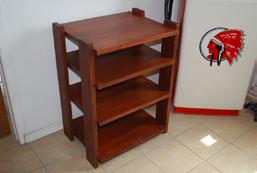

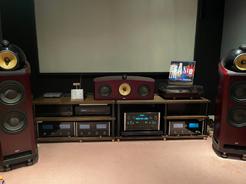
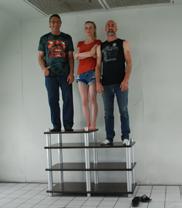

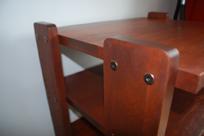

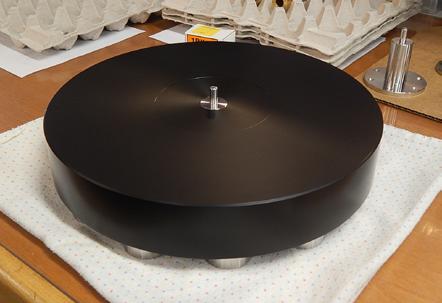
A special unipivot design, the 12” Black Beauty tonearm is constructed of carbon fibre, natural wood, and finely machined metals. It’s a synergistic fit with the 33.2 Mkll turntable, in both looks and sound.
Together, the 33.2 Mkll turntable and Black Beauty Mkll tonearm offer a fantastic ana-

logue front-end, entirely built in Canada by two lifelong, incredibly talented audiophiles. But don’t take my word for it; look these products up. Listen to them if you can. I hardly think you could do better at anywhere near their combined price. But beware: the price of the turntable is slated to go up significantly this year due to an increase in the cost of raw materials and the economics involved in selling the turntable to foreign distributors.
* Both models will be showing at this year’s Montreal Audiofest, held March 22-24 at Hotel Bonaventure. I hope you can make it.
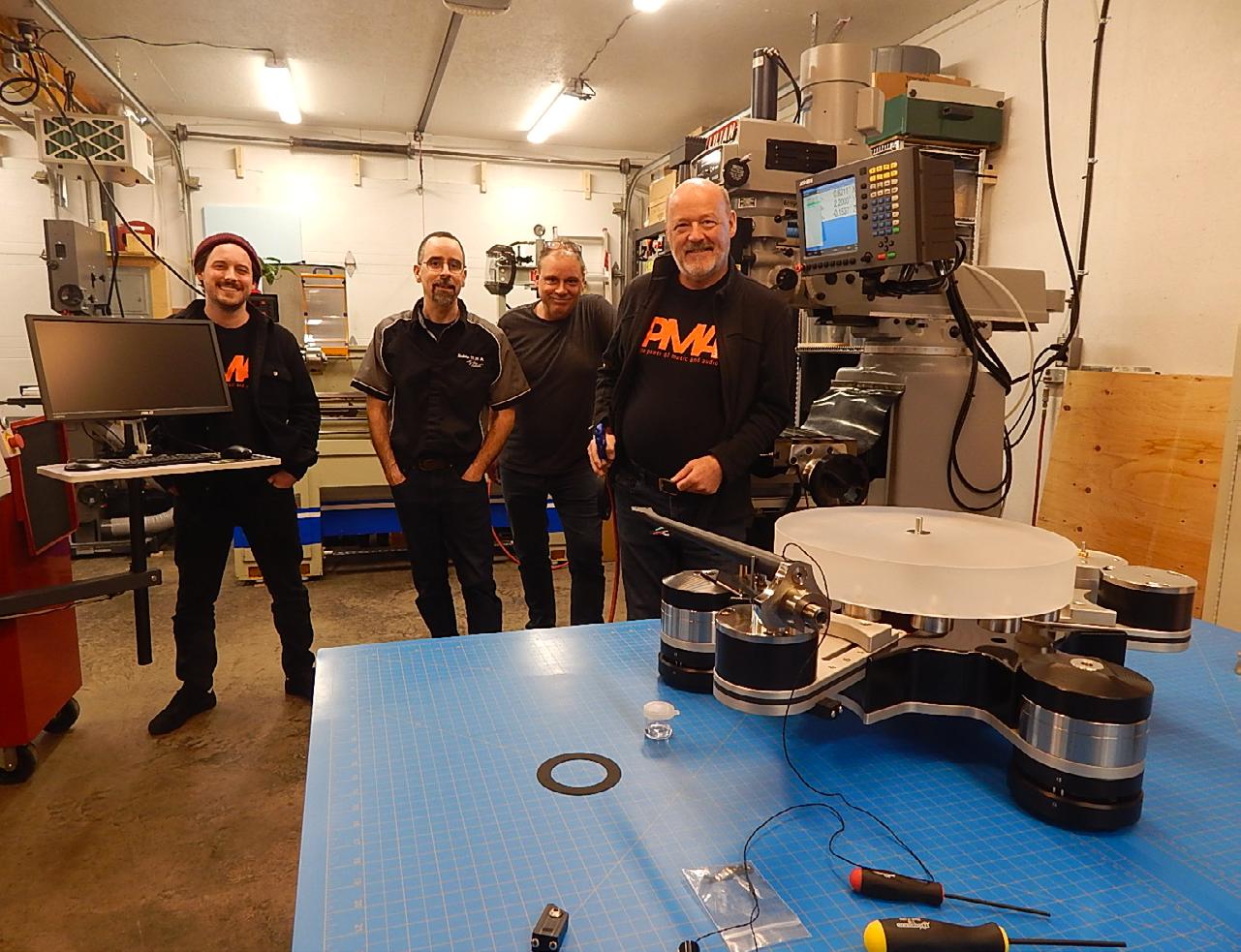
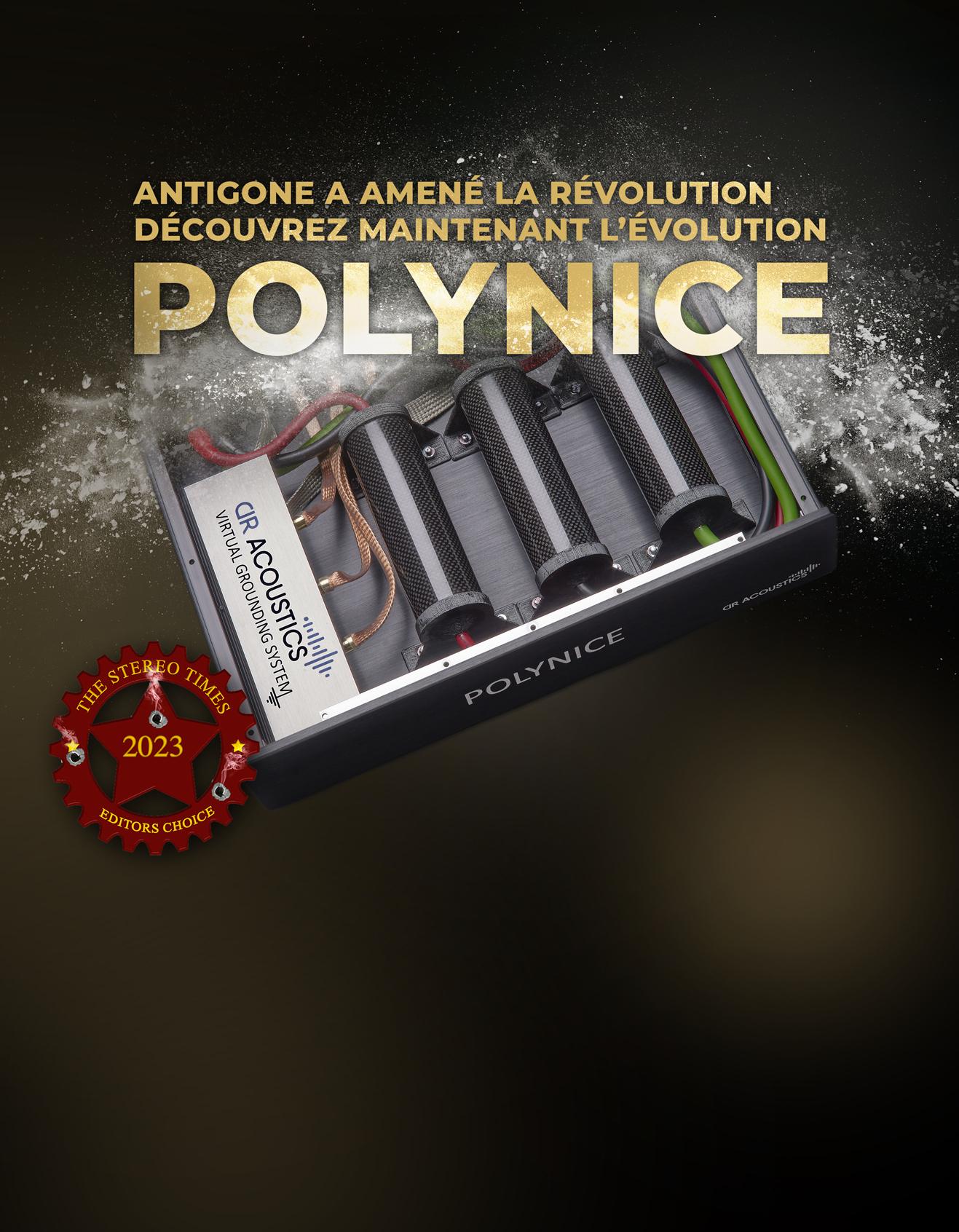
Système de gestion de puissance Polynice comprenant des filtres électromagnétiques avancés à cristaux de quartz qui réduisent considérablement le bruit de fond sans perte de dynamique.
Maintenant avec un nouveau système de mise à la terre révolutionnaire
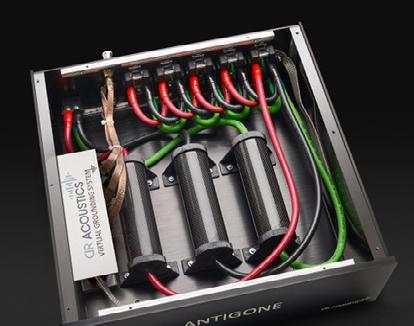




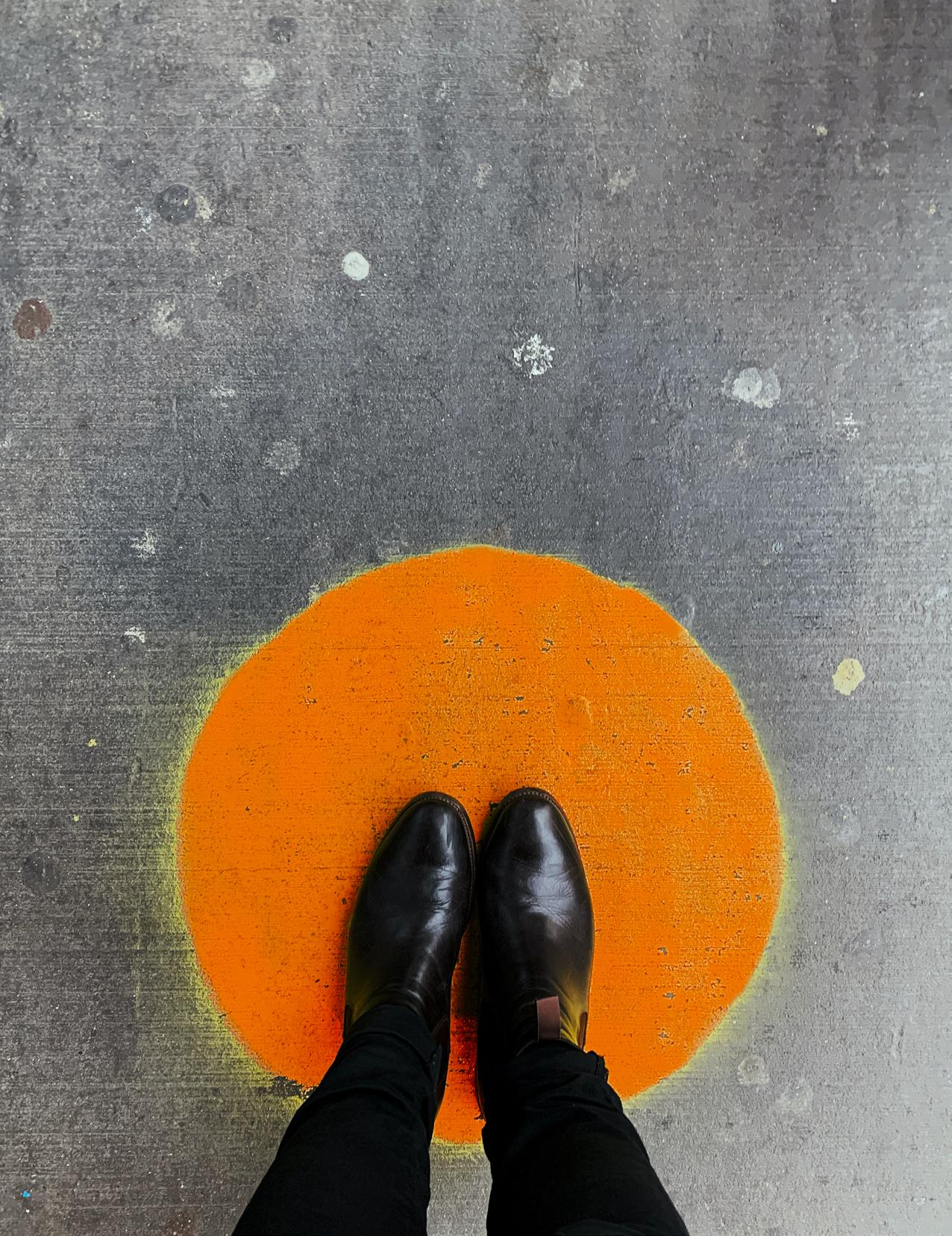
READY TO UNVEIL THE FUTURE OF ADVERTISING ? CLICK HERE TO DIVE INTO OUR EXCLUSIVE PROPULSION MARKETING CONCEPT !
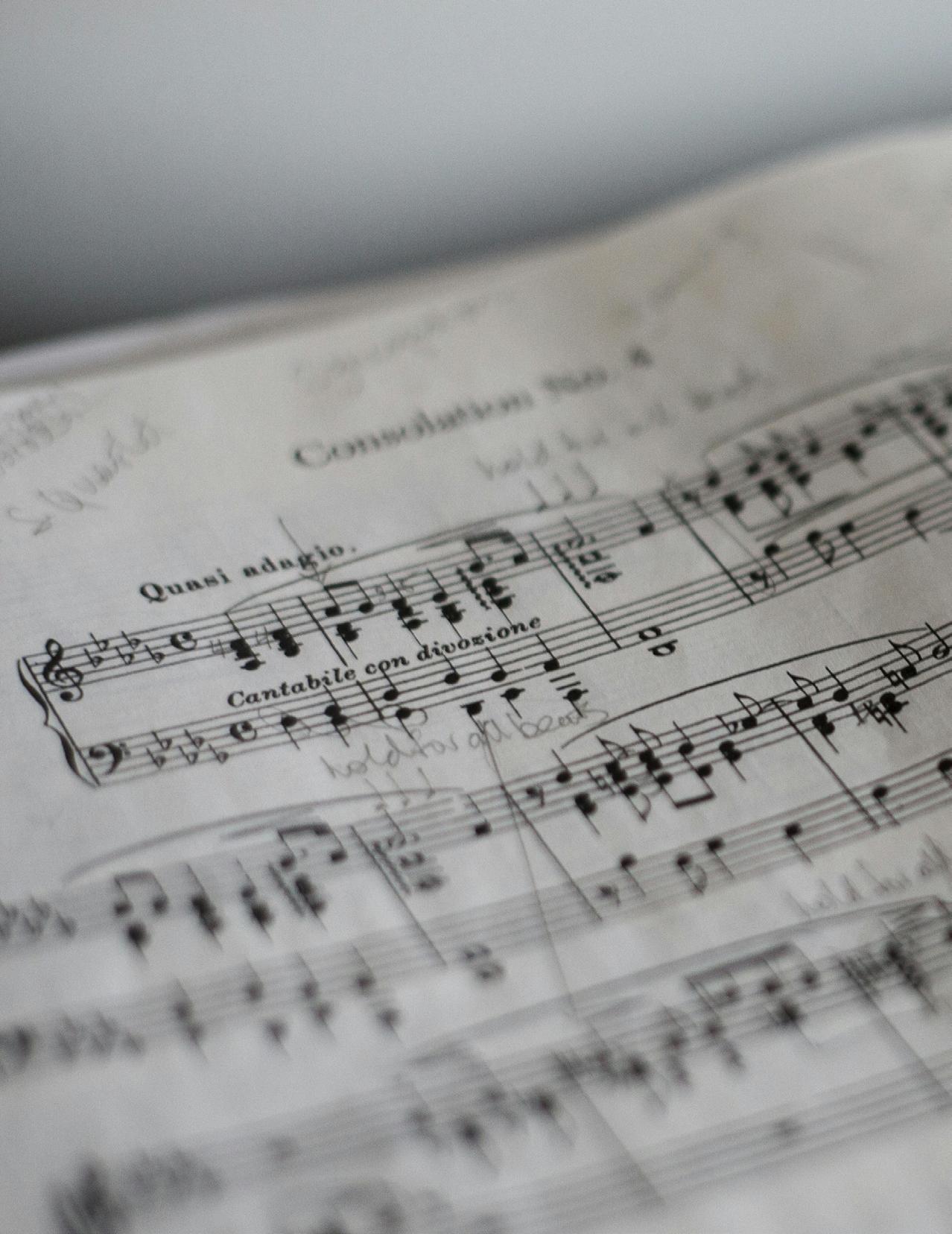
Hi, my name is Pierre and I’m a compulsive record collector… That’s probably how I’d introduce myself if I belonged to a support group for hard-core record collectors. But fear not, my condition isn’t painful—it brings me immense joy, and I’m eager to share my passion for classical music in the pages of PMA Magazine.
A music-loving audiophile, I believe quality audio equipment has the ability to enhance the music’s artistic meaning or, at least, draw our attention to a particular aspect of the music. I’m also very curious. I like all musical genres or almost: classical music, of course, but also jazz, progressive rock (I’m a huge Rush fan!), folk, electronic, etc.

How did I fall in love with classical music? I owe it in large part to the thieves who stole my collection of about a hundred records (mostly heavy rock) while I was a student. After that, I wanted to turn the page and move on to something else. I ended up in a record store in Old Quebec, in the section of… jazz. However, seeing as the clerk behind the counter seemed to busy to help me, I pursued my music quest in the classical section, where I told the first clerk I met, “I want to get into classical music.” He steered me towards Baroque music played on period instruments, and I was hooked. Then I read about classical music, a lot: the booklets inside the records that I bought sparingly, the specialized magazines, the record guides and, especially, the labels’ catalogs to learn about the repertoire. Experts told me I had a good ear for music, and a few years later, at the last minute I filled in for a friend to host a classical music show on a community radio station in Quebec City. That adventure lasted 12 years, during which I got to shared my passion on the airwaves and interviewed many stars, both local and international. I was also classical music critic at the daily newspaper, Le Soleil, and at Quebec-based hi-fi magazine, Son & Image.
Ten Albums to Get You Started on Your Classical Music Journey (Part 1 of 2)
To kick off my new collaboration with PMA, I thought about those who might feel intimidated by classical music or unsure of which recordings to begin with. Here, then, is a first batch of five albums to guide you. I’ve chosen one from each major era to give you some reference points.
Ican’t think of a better album to introduce you to Renaissance music. This album is also on my shortlist of records to take to the proverbial desert island, where, it’s hoped, there’s a quality audio system. Jordi Savall, a leading expert of this era, carefully curated a generous selection of vocal, choral, and instrumental pieces. These works illustrate various milestones in the life of Charles V (1500-1558), Emperor of the Holy Roman Empire from 1519 to 1558, a music lover and patron of numerous musicians. The result is a fascinating programme that blends drinking songs (“Quand je bois du vin clairet”, Anonymous), battle music (“La bataille,” Janequin), and, especially, the poignant and melancholic “Mille regretz” by Josquin des Prez, which inspired Cristóbal de Morales to compose his famous mass of the same name. Like all of Savall’s albums released on his own label, Alia Vox, the quality of the release and liner notes go hand in hand with the artistic quality of the performance. This recording, by Nicolas Bartholomée, a faithful collaborator of Savall’s, is simply miraculous and contributes to the total success of this unforgettable album. Also available in SACD.


BAROQUE ERA: ±1600 TO ±1750
The first volume of Bach’s Brandenburg Concertos by Reinhard Goebel (there are six concertos in total) was that famous first record recommended to me by the record store employee to help me “get into classical music.” The shock—it was Baroque. But I never held that against the clerk because this album became one of my all-time favourites, regardless of genre. This 1985 recording has aged very well, in terms of performance and sound quality. Goebel and his Musica Antiqua Köln ensemble offer a fresh take on Bach’s music by seeking out contrasts and exploiting the inherent dynamics of the compositions. The rich flavors of the instruments are maximized without ever overshadowing the delicacy of the music in more intimate passages. Virtuosity is also highlighted (the natural trumpet in the finale of the second concerto or the entire chamber orchestra in the finale of the third concerto). I would also draw your attention to the first Orchestral Suite that concludes the programme (recorded in 1987). This sequence of dances, composed in homage to the French style, is performed with the requisite solemnity by Goebel. It perfectly illustrates the immense influence of French music on Bach and his contemporaries. These recordings are also part of an 8-disc set from the same label, which includes orchestral and chamber music recorded by Goebel (471656-2). I encourage you to read the booklet, which is very clear and informative.


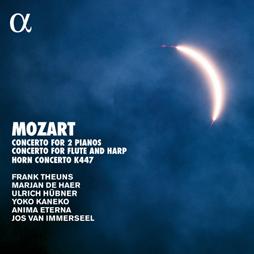
The Classical style in music could be defined as the pursuit of balance, clarity, and elegance. The focus is on mastering the form, creating a clear harmonic language and a palette of tonal clarity, as well as exerting a certain expressive restraint, which doesn’t there aren’t surprises or winks along the way. This record will allow you to savour these precepts in the most delightful way. It’s one of my favorite records of Mozart, performed by a pianist and conductor of immense talent: Jos van Immerseel. Immerseel owns a magnificent collection of pianos from all eras and pays particular attention to the beauty of the timbres of the instruments. Here, he presents us with three magnificent concertos dedicated to very different instruments: Concerto No. 10 for Two Pianos (KV365), the popular Concerto for Flute and Harp (KV299), and Horn Concerto No. 3 (KV447). The soloists are all members of the Anima Eterna ensemble and great specialists of the repertoire. The recording’s sound is exceptional—very natural and airy. Special mention goes to the richly captured timbres, which highlight the beauty of the chosen instruments, starting with the superb Walter fortepianos (models used by Mozart and Beethoven) and, especially, the harp in KV299. A pure delight.
The Romantic era is defined by its opposition to Classicism for its predominance of feeling over reason and its search for new forms that transcend established canons. Remember that Beethoven, who arrived in Vienna in 1792, initially composed in the Classical style, like his role models Haydn and Mozart, and that his music began to take on Romantic hues at the turn of the 19th century. Among the dozens of existing versions of Symphony No. 5 (Qobuz via Roon counts 234!), I didn’t hesitate for a second to choose the 2nd official version by the great conductor Nikolaus Harnoncourt, coupled here with Symphony No. 4. The accompanying liner notes are fascinating. They reveal, among other things, the link between Symphony No. 5 and the French Revolution. In the 1990s, Harnoncourt recorded a reference set of all nine symphonies, shaking things up a bit in the process. This 2nd version of the 4th and 5th Symphonies goes even further in challenging traditional ideas. The underrated “4th Symphony” is now the most beautiful and balanced of Beethoven’s symphonies. Regarding the 5th, Harnoncourt rejects the theme of fate at the beginning of the symphony: “one does not knock on the door to enter, but to leave,” he says. Played this way, the 5th becomes more of a political manifesto, a post-revolutionary liberation march leading to the other side, towards freedom. The recording sounds magnificent, emphasizing the dynamic contrasts in the music (the difference between the softest and loudest sounds).

435769
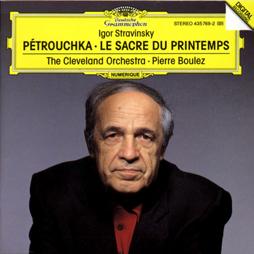
Bang! The Rite of Spring, Stravinsky’s ballet written in 1913 in Paris, caused one of the biggest earthquakes in music history. There’s a before and after The Rite, an absolute masterpiece that gave composers a burst of freedom. This record by Pierre Boulez in Cleveland, which begins with the ballet Petrushka, is one of the two or three records I systematically use to test stereo equipment, especially amplifiers. The recording’s sound has it all: a crystalline and perfectly arranged soundstage (we can see the music, almost touch it), hyper-realistic timbres bursting with colors, and, above all, a thunderous dynamic that will blow you away (the bass drum in The Rite!). Boulez, in these two essential works, leans more toward the analytical and descriptive side. Other conductors, like Riccardo Chailly, managed to give more room to the dance, but only Boulez has achieved such virtuosity in execution, imbuing the orchestra with an implacable sense of rhythm and ensemble perfection. A delight for any self-respecting audiophile.
PART 2 COMING SOON ON PMAMAGAZINE.ORG.




















ABSOLU par Centre Hi-Fi
Allée
2432 EVO 1326, 2341
A
Aavik St-Laurent 5
Accuphase Outremont 6, Westmount 2, 1319
Accuton WK3
Acoustic Energy 1306
Advance Paris Montréal 6, Montréal 7
AGD 1231
Airborn WK3
Allnic ZL Cables 2326
Alpha Audio 1226
Analysis Plus Westmount 1, 1306, 1327, 2405, 2407
Ansuz St-Laurent 5
Anthem St-Laurent 6, Montréal 6, Montréal 7
Apertura Westmount 1
Aqua Acoustic 1326
Arcam 2401
ArtistCloner 2327
Atlas 2401, 2404
Atohm Westmount 5
Atoll Électronique Westmount 5
Audax WK3
Audeze Outremont 3, 2333
Audience Westmount 3
Audio Note UK 2413, 2419, 2423
Audio Precision Marketplace
Audio Sensibility MK1
Audio Vector Montréal 6, Montréal 7
Audio-Technica OK1
AudioNec Montréal 2, 1215
AudioPhysic 2413
AudioQuest Montréal 6, Montréal 7, St-Laurent 6, 1231, 1232, 1306 2414
AudioTechnology WK3
Audiovector Montréal 6, Montréal 7, 2414
Augspurger Salle Bonaventure
Aune 1327
Auralic Outremont 7, 1231
Aurasound WK3
Aurender Montréal 2
AVID Turntables Montréal 4
Axxess St-Laurent 5
B
Baetis Audio 1216, 2326
Barefoot Sound 2334
BDI Furniture Montréal 4
Beyma WK3
Blaze Audio Montréal 6, Montréal 7
Bliesma WK3
Bluesound Montréal 5, Montréal 6, Montréal 7, WK3
Borresen St-Laurent 5
Bowers & Wilkins St-Laurent 3, Montréal 1
Bricasti 2328
Bryston Outremont 2, Montréal 6, Montréal 7
C
Cabasse 1306, 1327
Câbles Luna 1215, 1240, 2333, Montréal 2, Outremont 1, Outremont 4, Outremont 6
Canopée Audio Marketplace, 1204
Canor Audio Montréal 6, Montréal 7
Cardas St-Laurent 8, WK3
Cayin 1327
Cen.Grand 1306, Westmount 1, 1327
Centaure HiFi Westmount 1
Centrance 2328
CH Precision Westmount 4
Chord 2404
Chord Company 1322
Classé
Computer
Conrad-Johnson
COS
Creek
Lumin









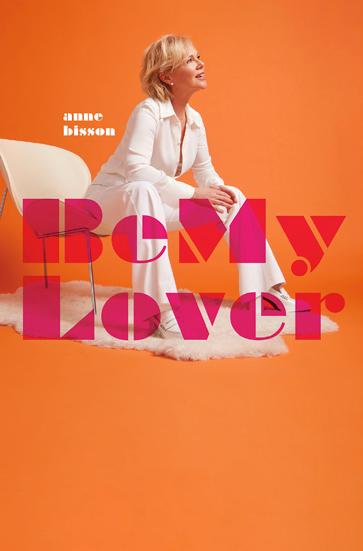





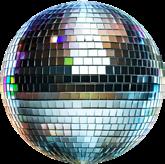


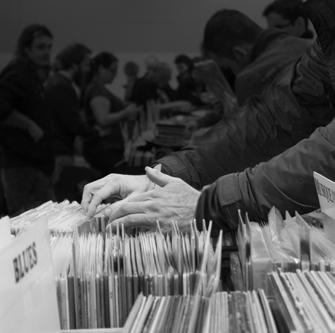
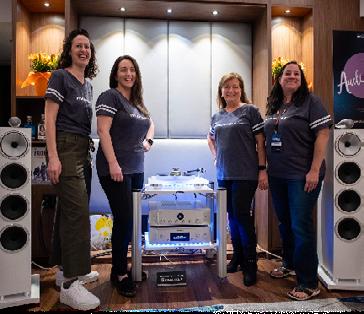
SECTION
1204
1215
1216
1221
1222
1226
1231









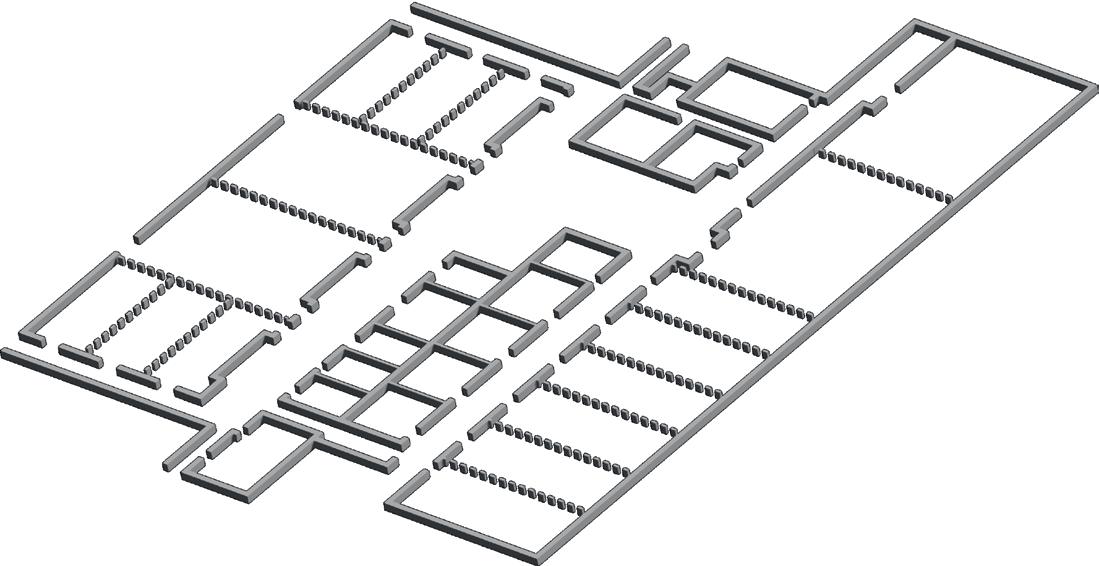


O1 Planète Haute Fidelité
O2 Bryston Ltd.
O3 Audeze LLC
O4 Yamaha
O5 Simaudio
O6 Audiophile Expert
O7 Son Ultime
S3 Masimo
S4 Masimo
S5 AudioGroup Denmark, Wynn Audio
S6 Sonxplus
S7 JVCKenwood
S8 Gershman Acoustics / Cardas Audio Eon Art / Oracle Audio Technologies
W1 ASONA Ltd. / Innuos
W2 Motet Distribution
W3 Kevro International
W4 Audio by Mark Jones / Nordost
W5 Atoll Electronique Canada / Hifipro.com
W6 Motet Distribution
WK1 Nexus International / Québec Acoustique
WK2 Barcola Bistro Audio
WK3 Solen Inc.
WK4 PMA Magazine
OK1 Audio-Technica
MK1 Audio Sensibility
des Audiophiles
AudioGroup
Audio Excellence
AV Room Service by Norman Varney
Beatles’ Art Story
Café Audiophile
Canopée Audio
Centre Hi-Fi
Erikson Audio
Foire du Vinyle présentée par Audiolight
M1 DR Acoustics
M2 Bliss Acoustics
GerrAudio Distribution
Grado Canada
Igloo Caravane
Layton Audio
Le Studio du Son
Librairie Résonnance
QNAP Inc
Solid Meubles
Sound Gallery
Yamaha
M3 La Boutique Techno / Totem Acoustic
M4 Focal-Naim Canada
M5 Lenbrook Américas
M6 Villeneuve Audio Video / Marchand Audio Vidéo
Tri-Cell Enterprises
M7 Villeneuve Audio Video / Marchand Audio Vidéo
Tri-Cell Enterprises
M8 Emotiva Corporation
Experience Axxess Forte 3
Borresen X6 Loudspeakers in Room St Laurent 5

now available in canada
dealer inquiries welcome distributed by: